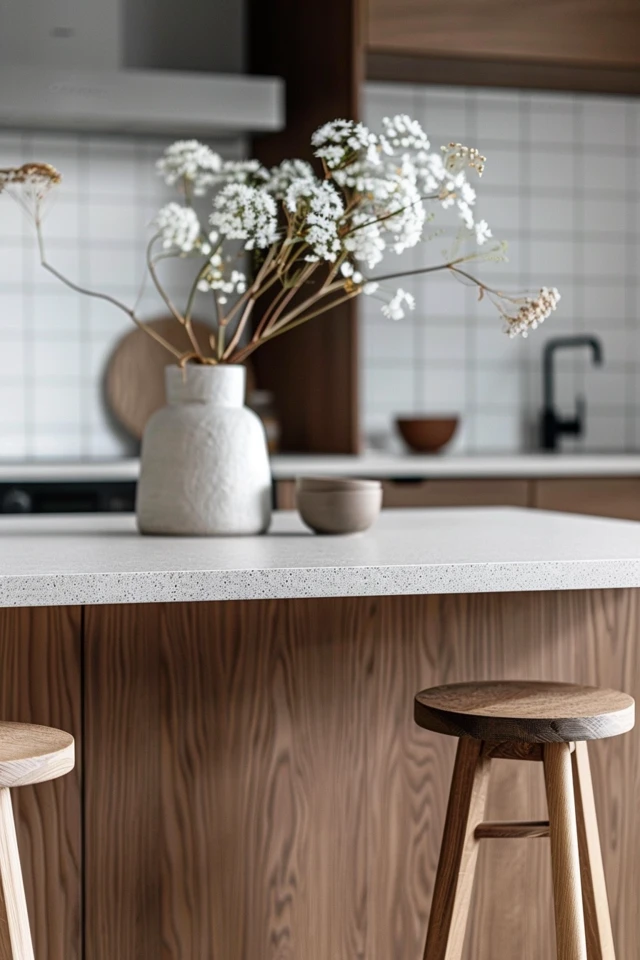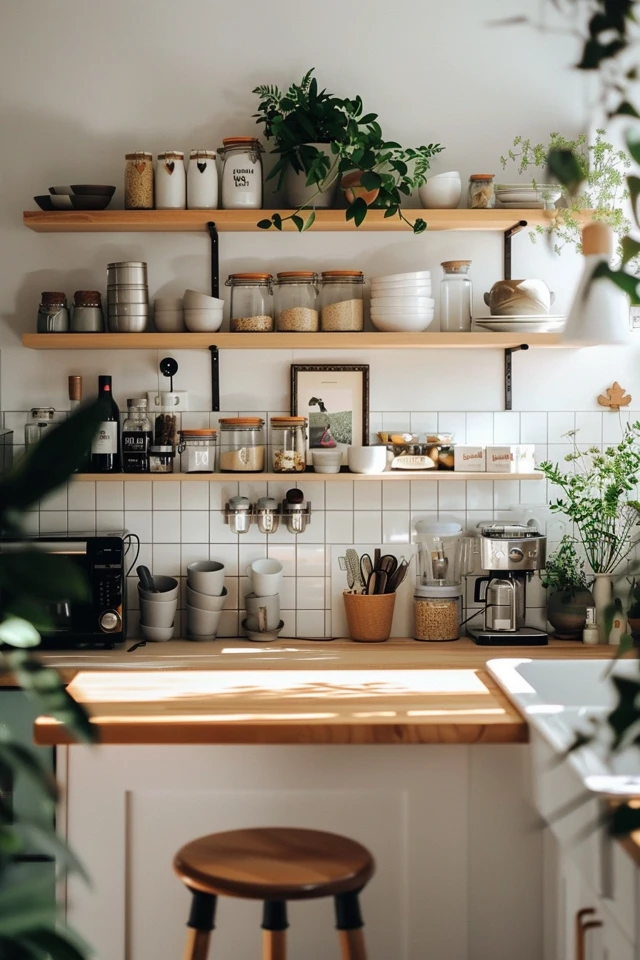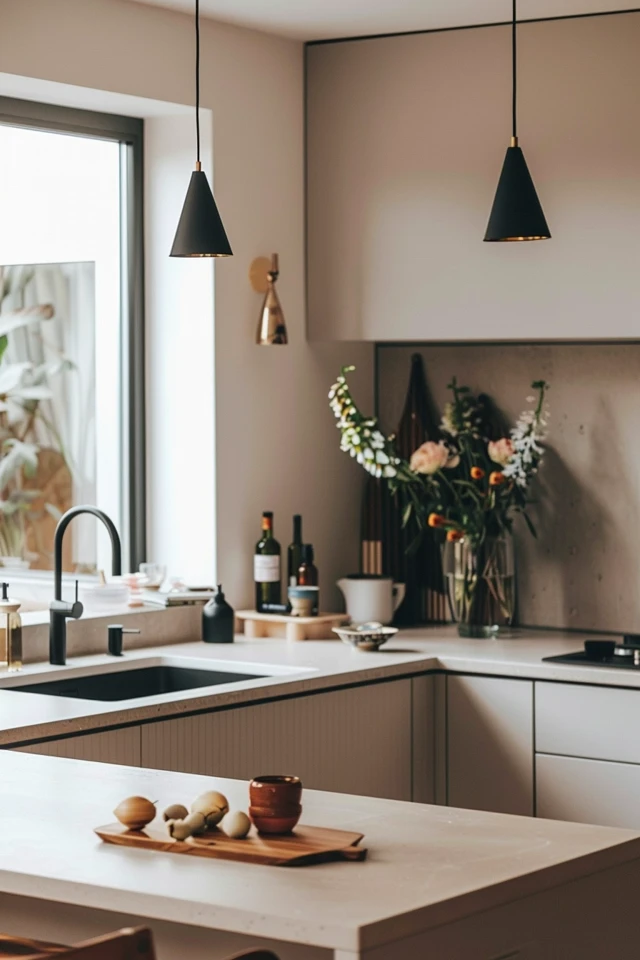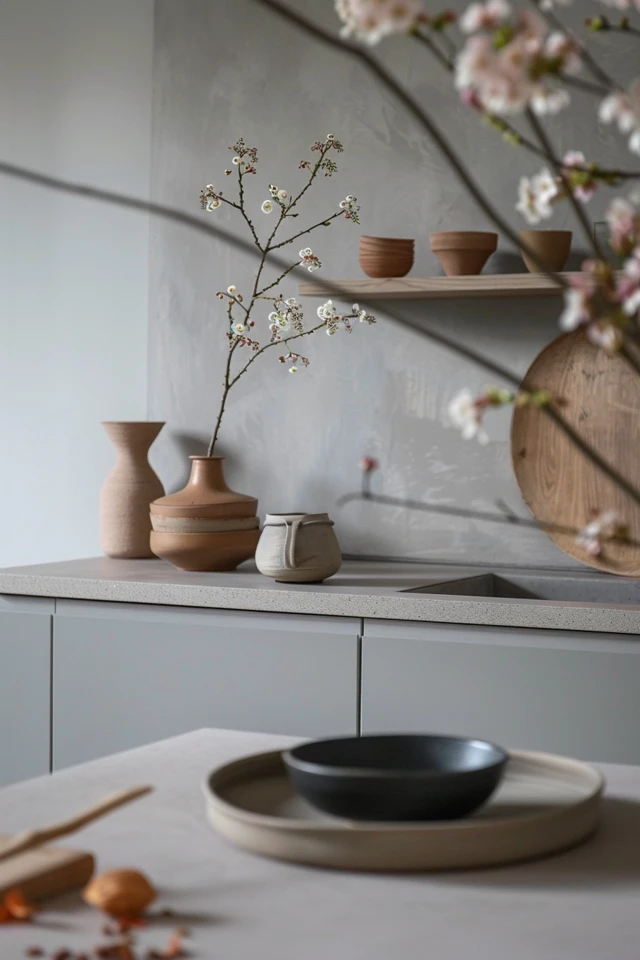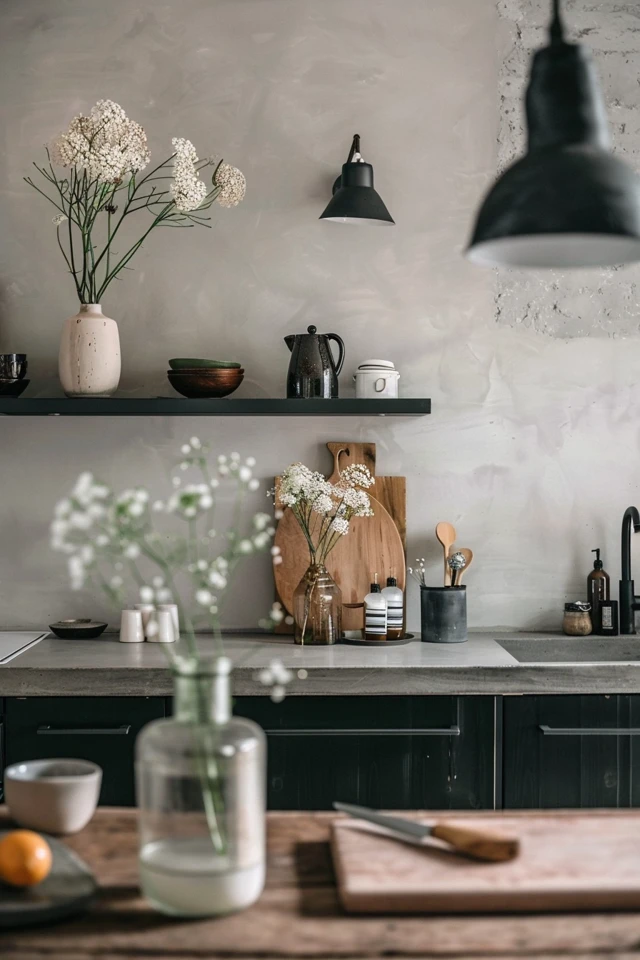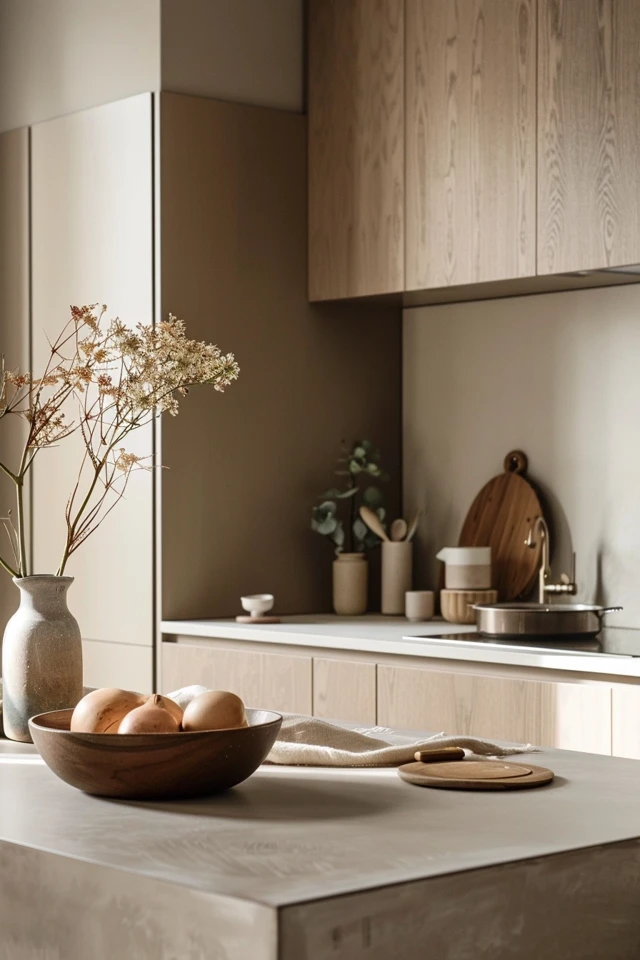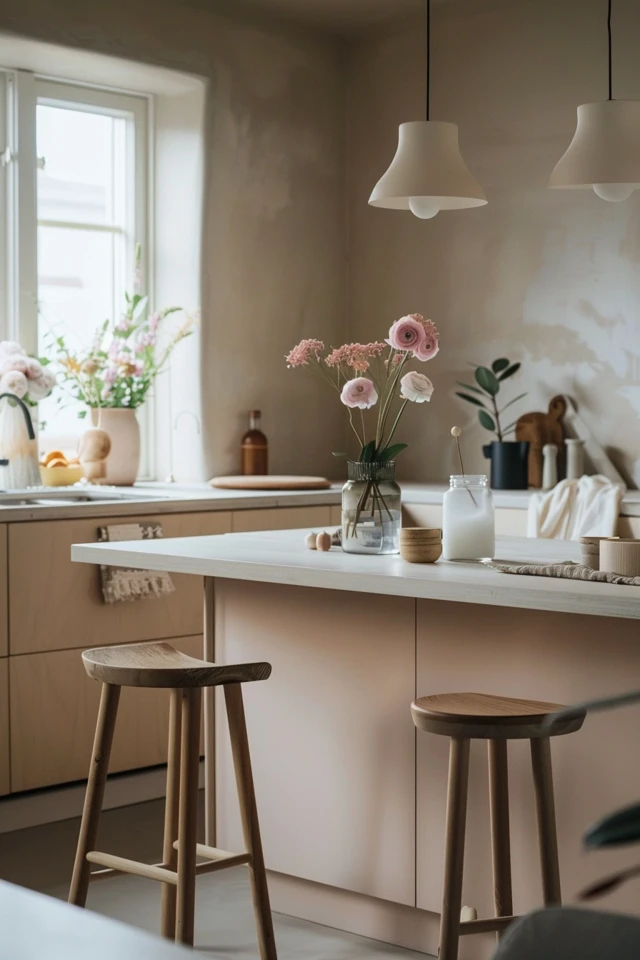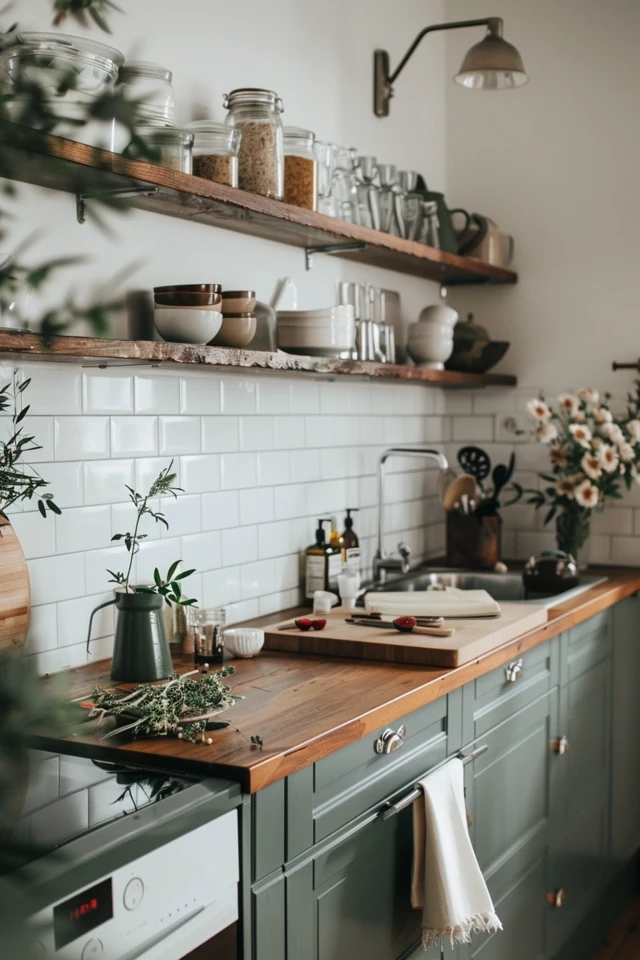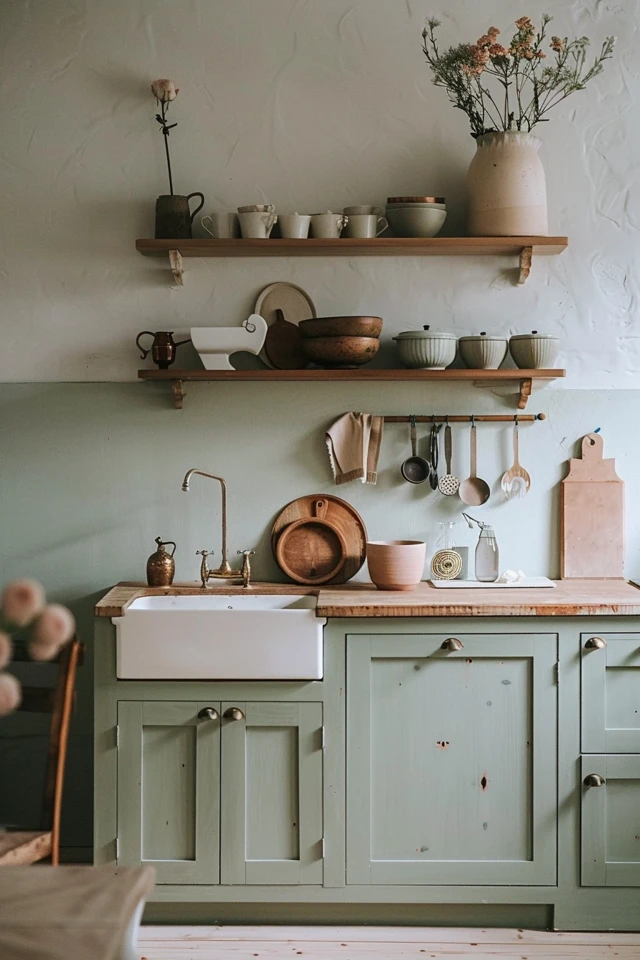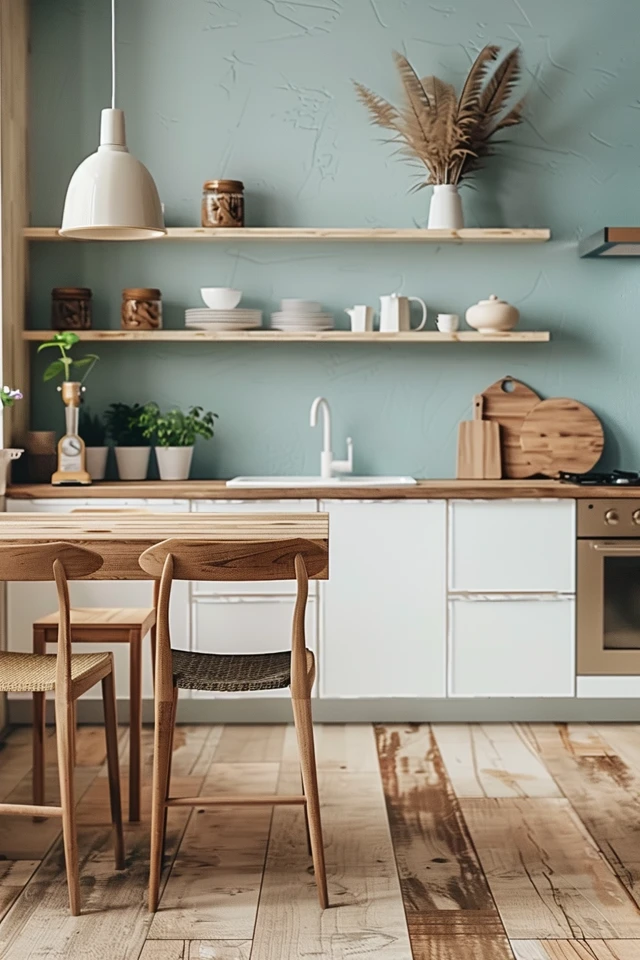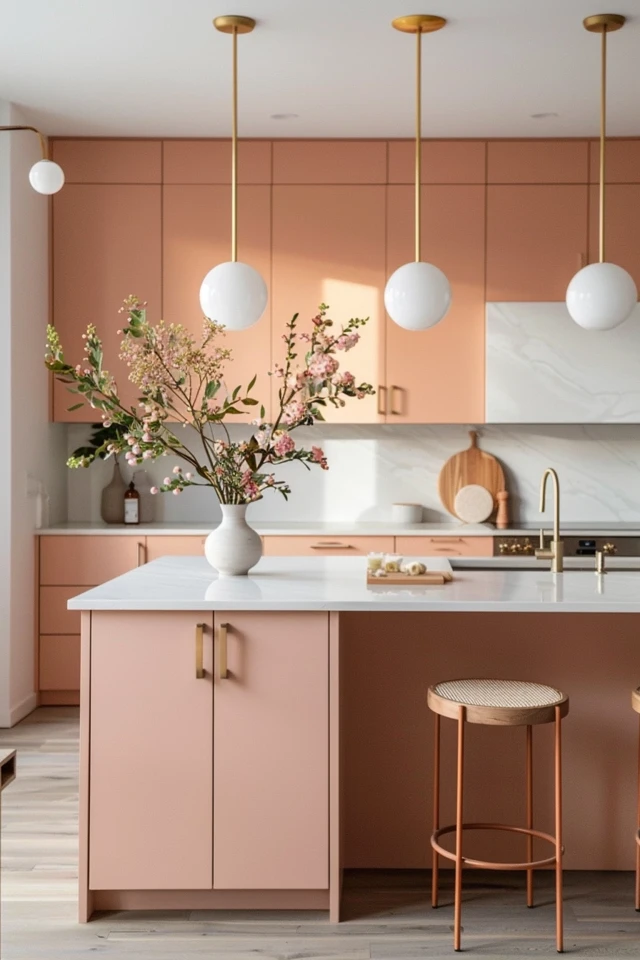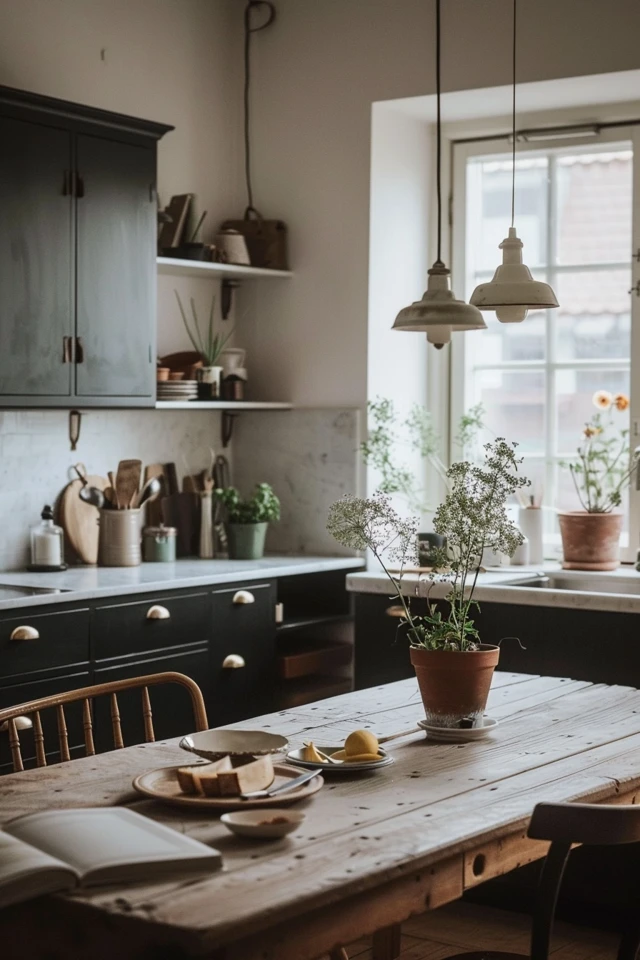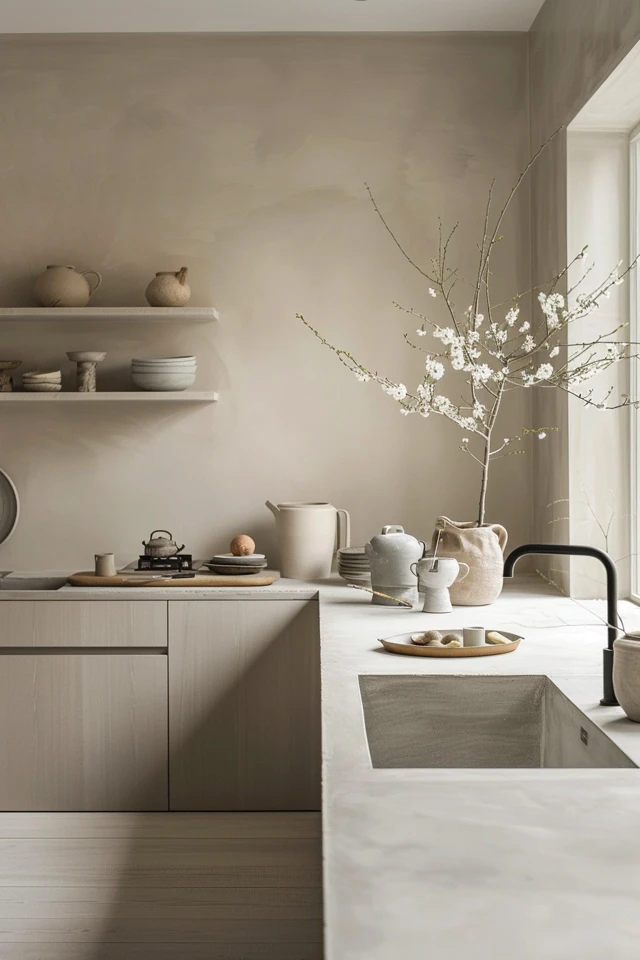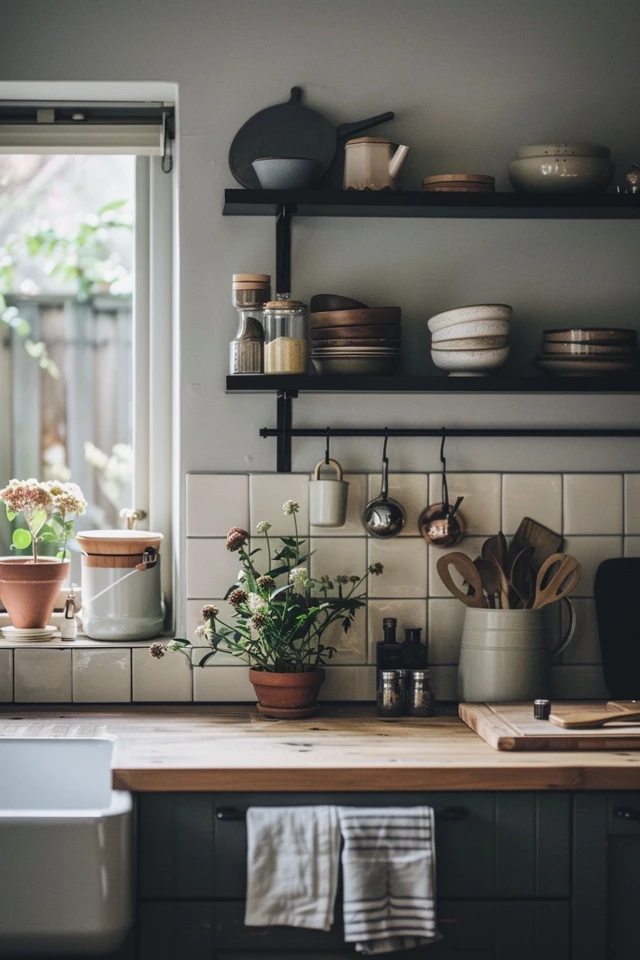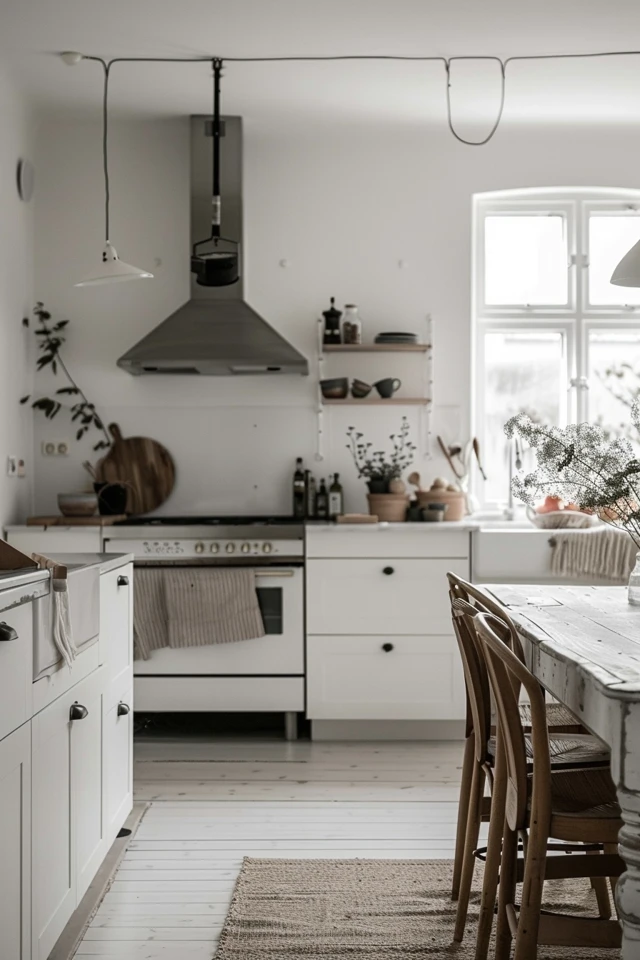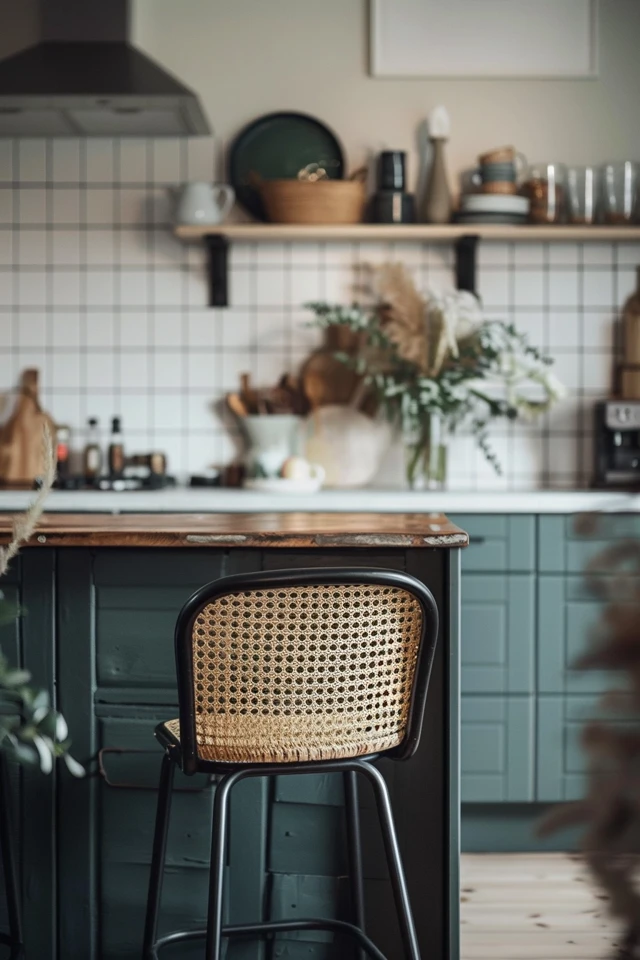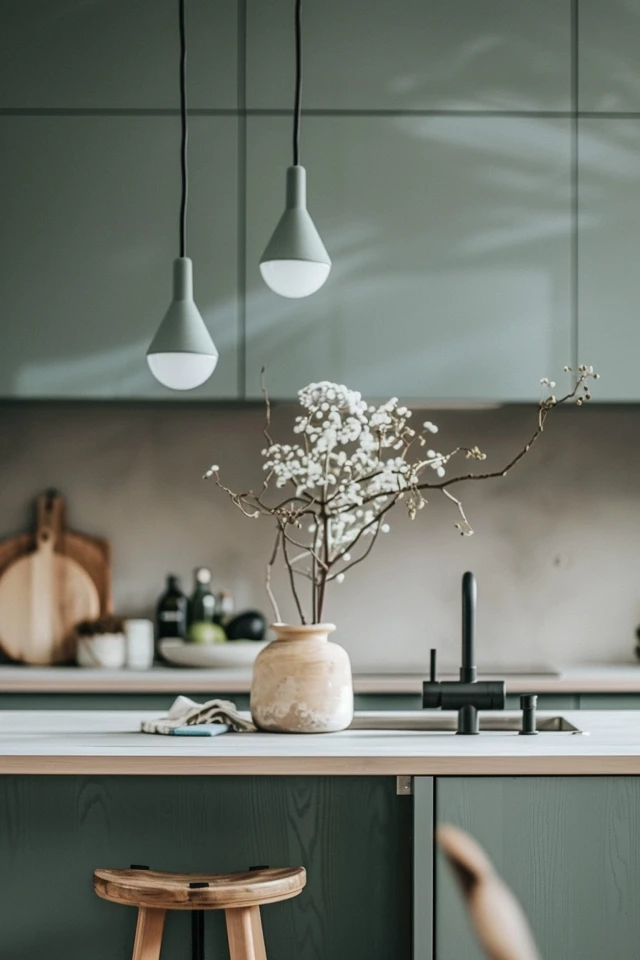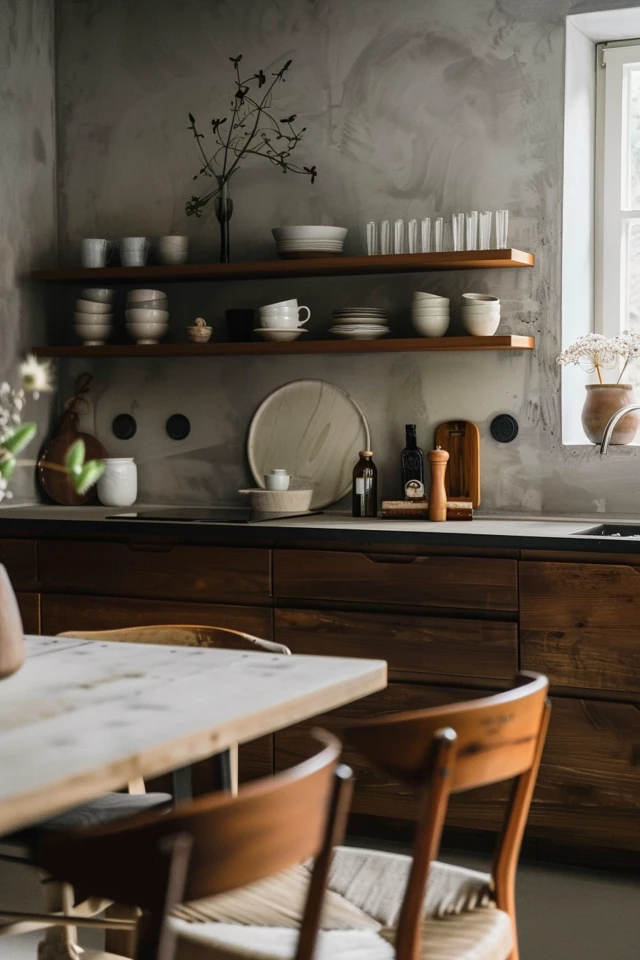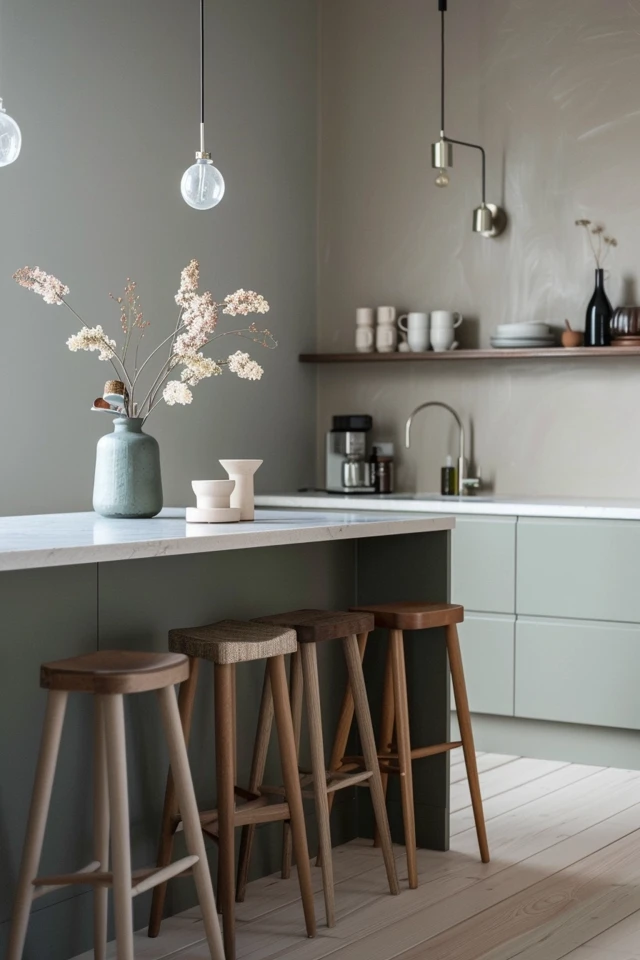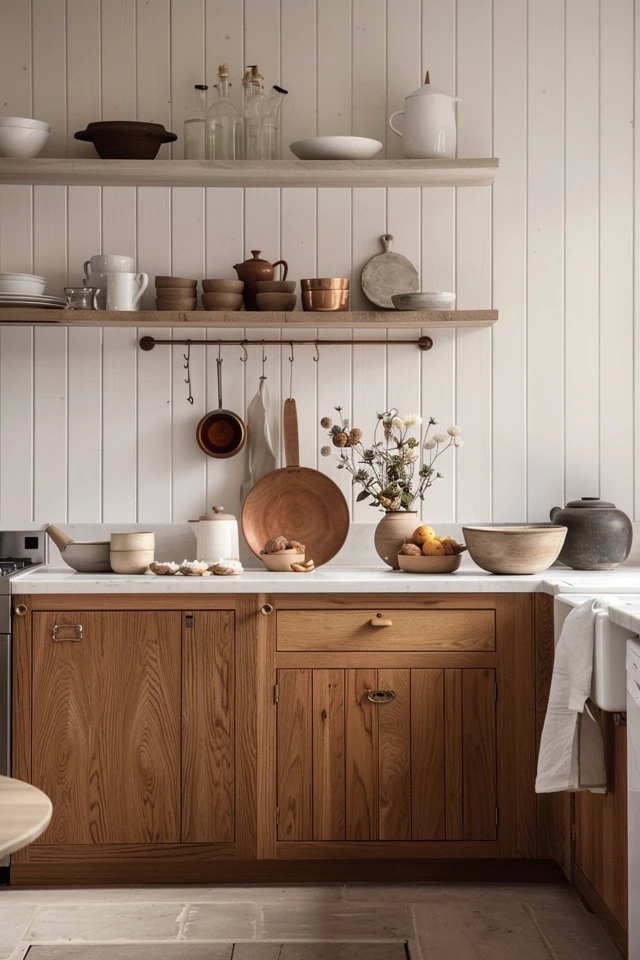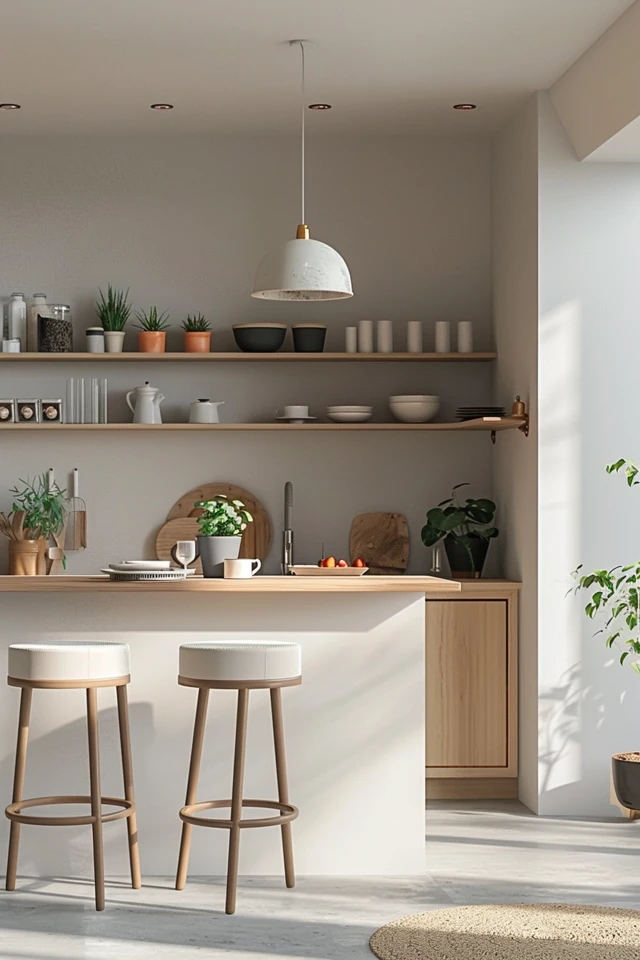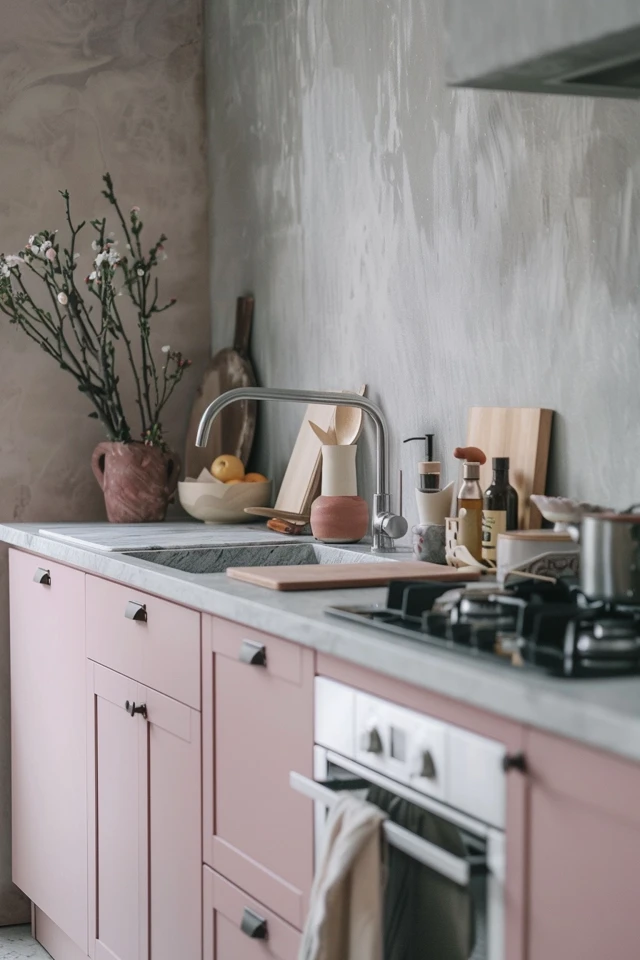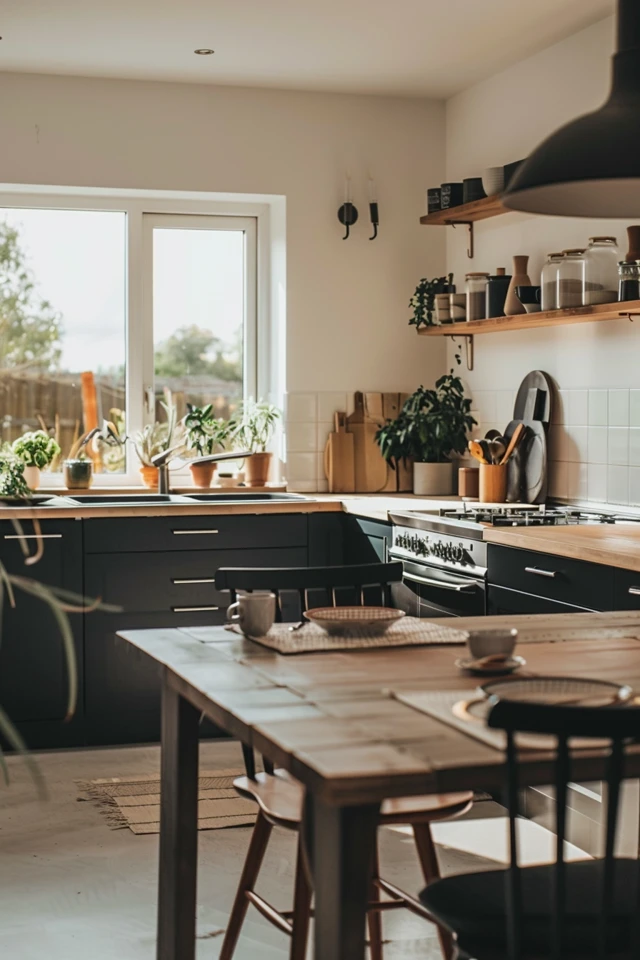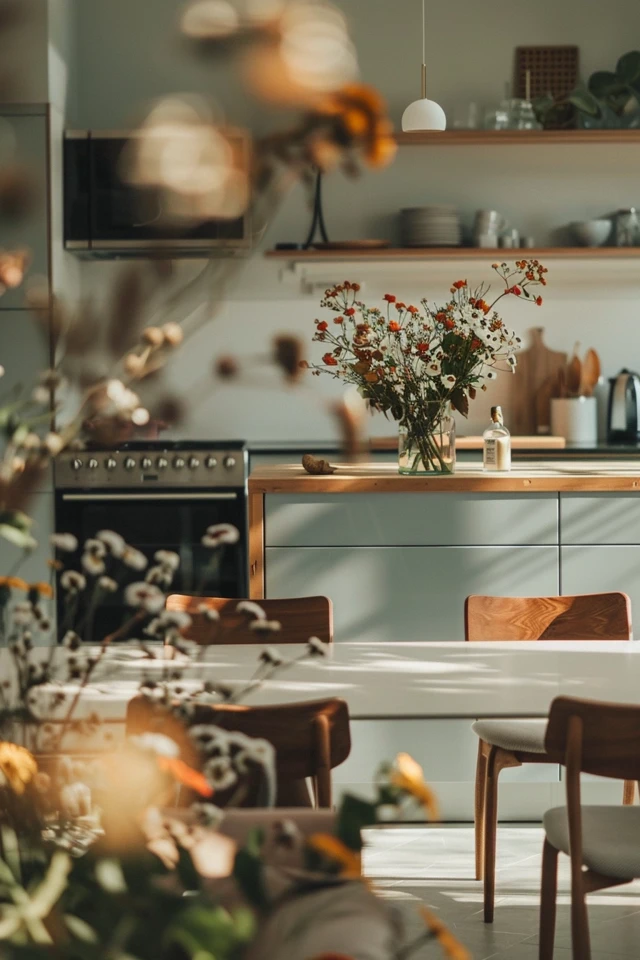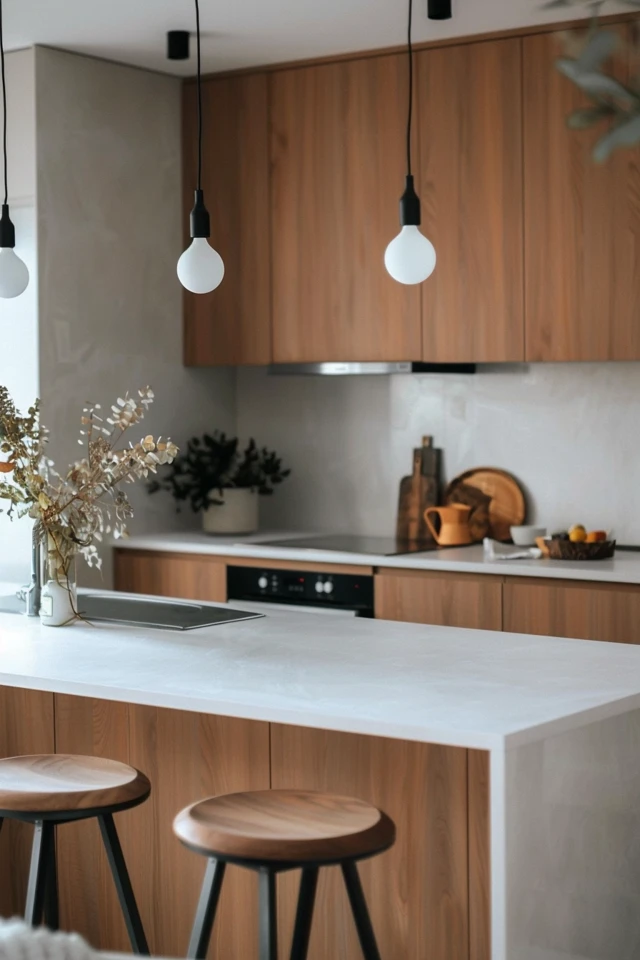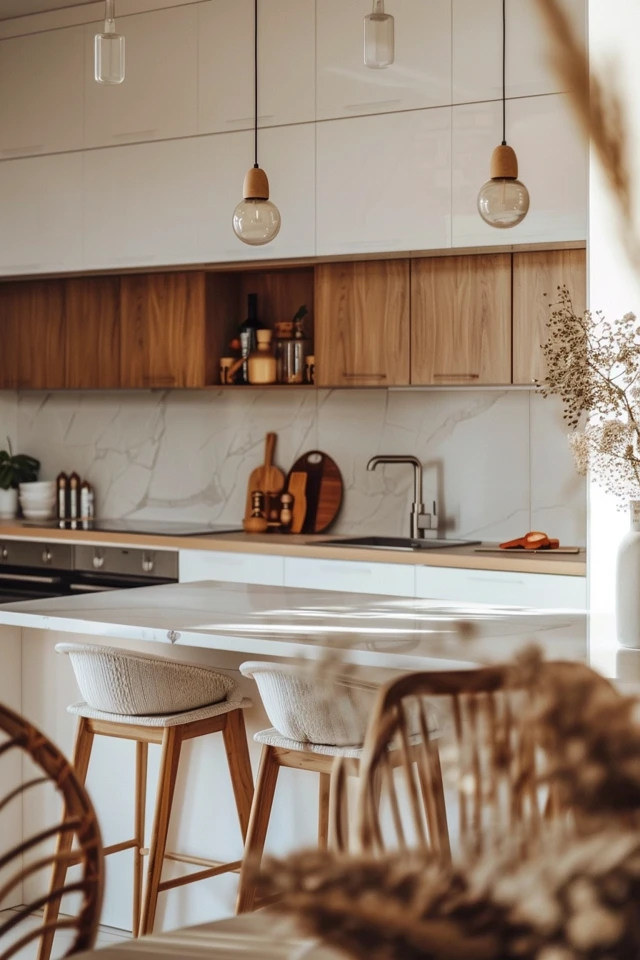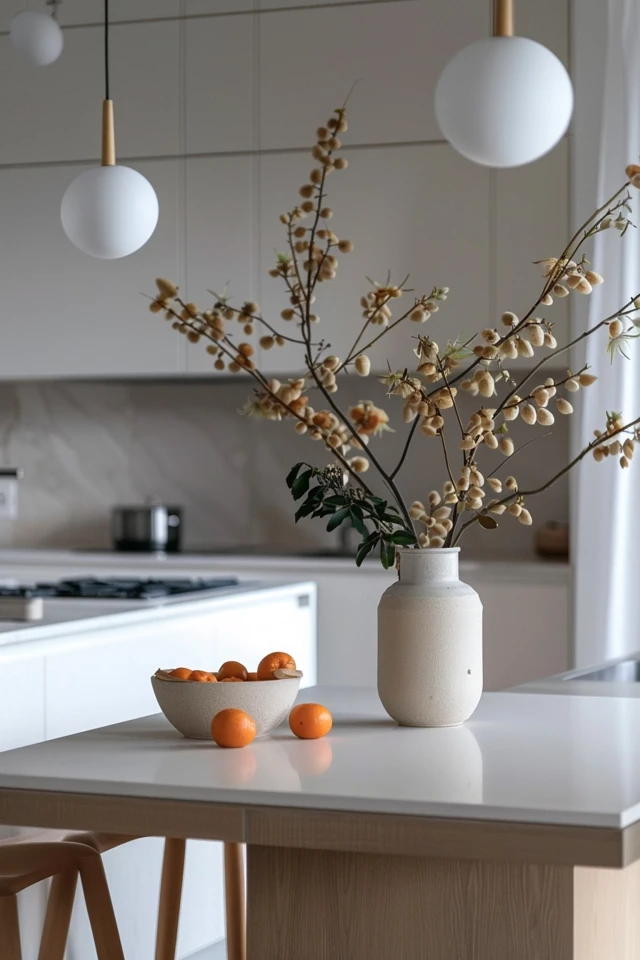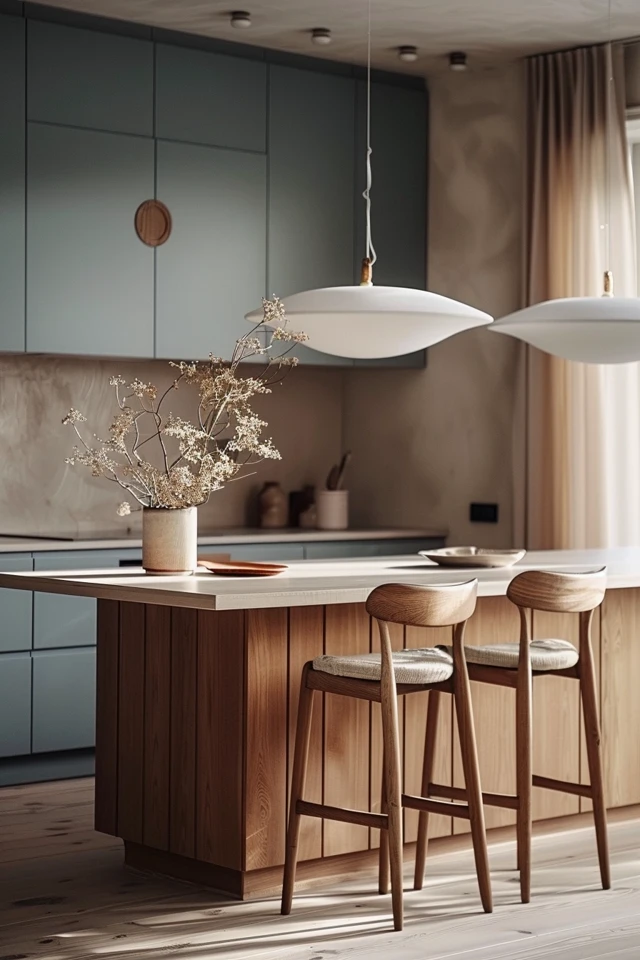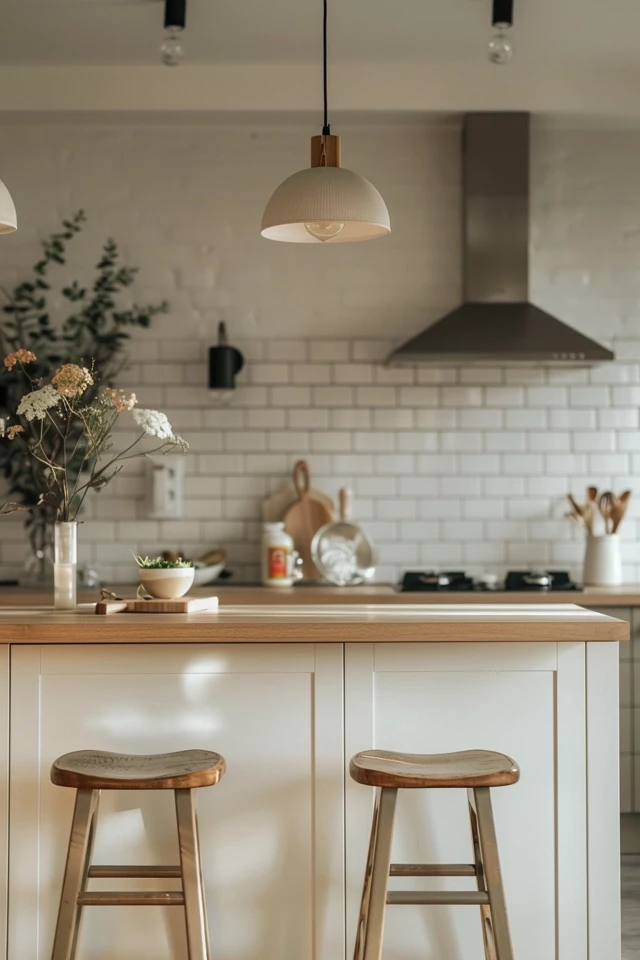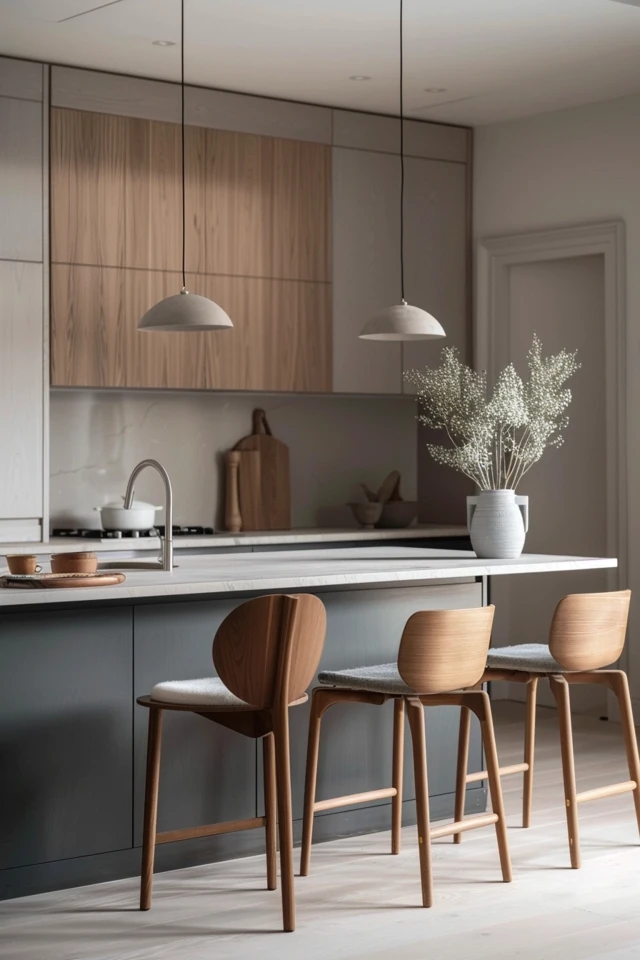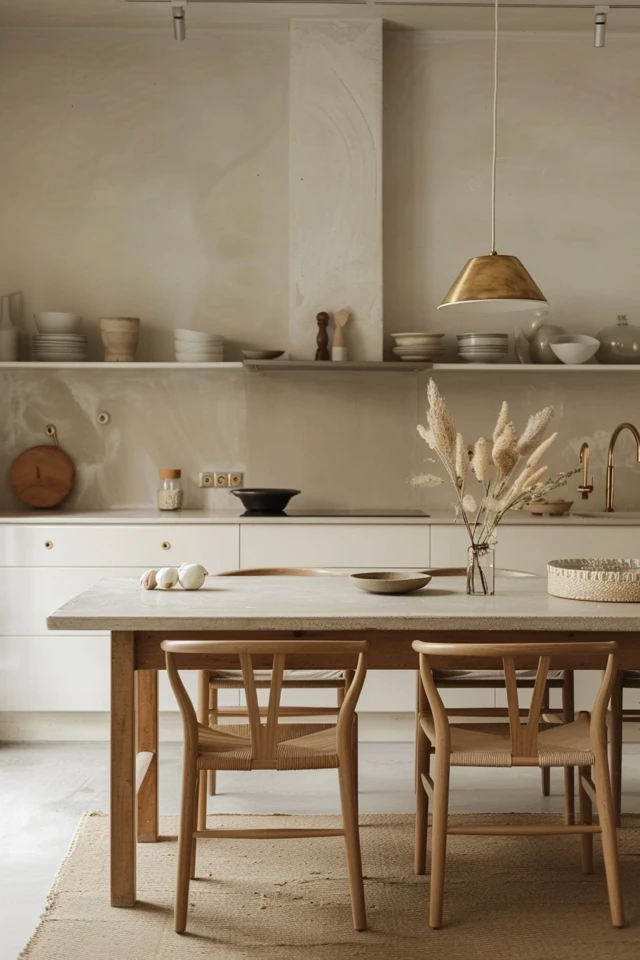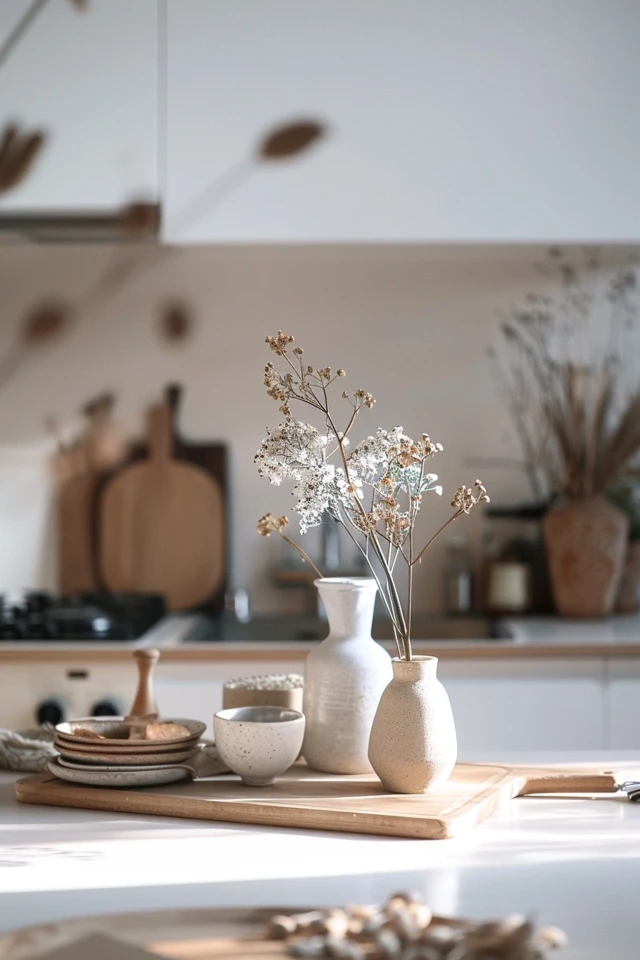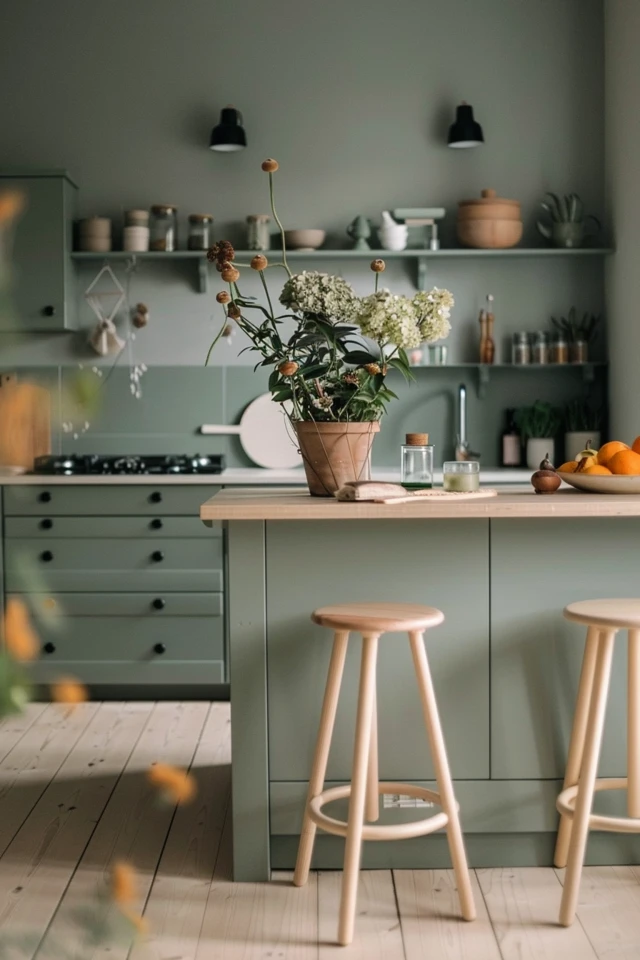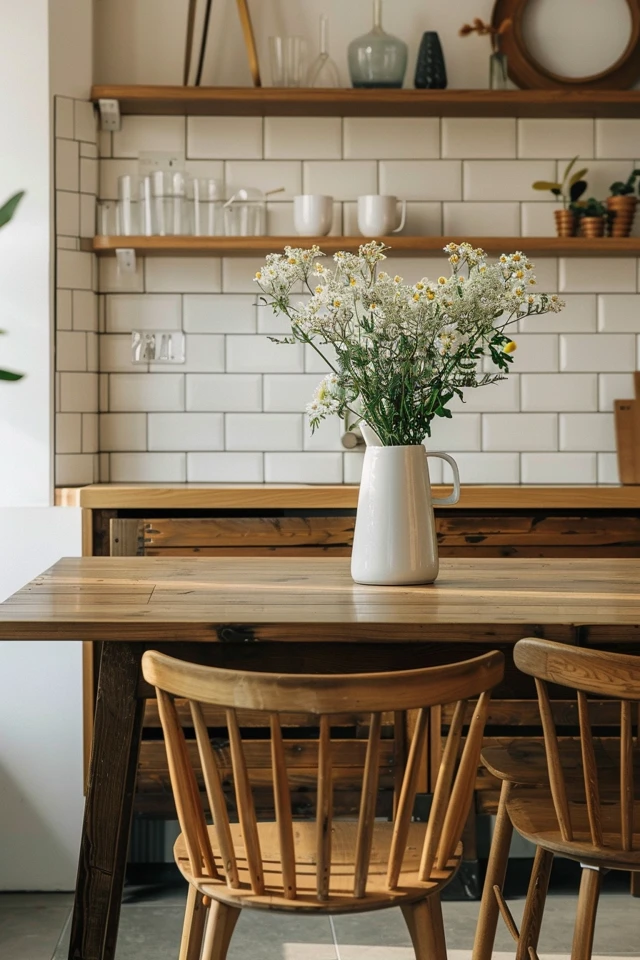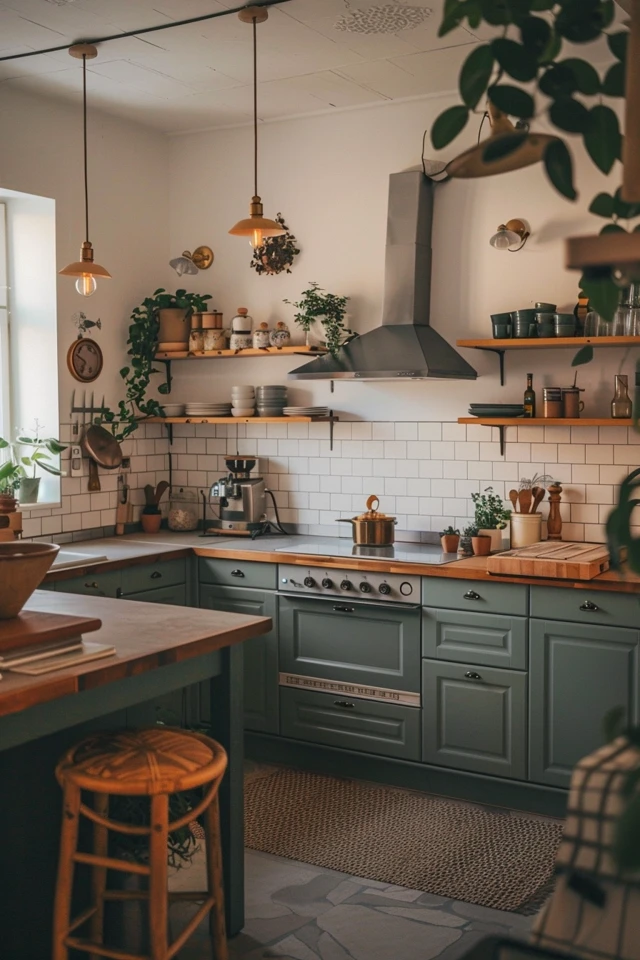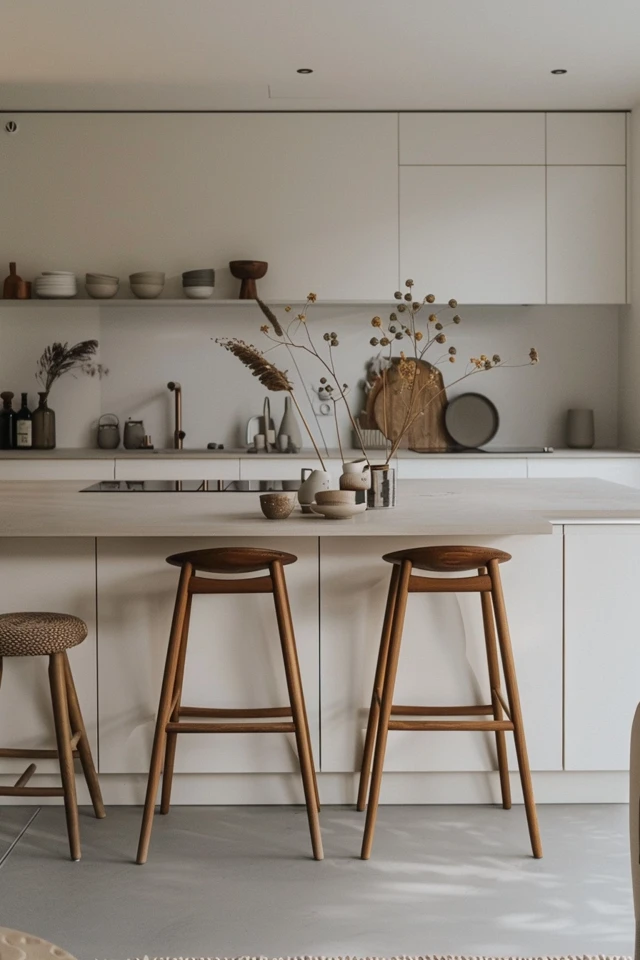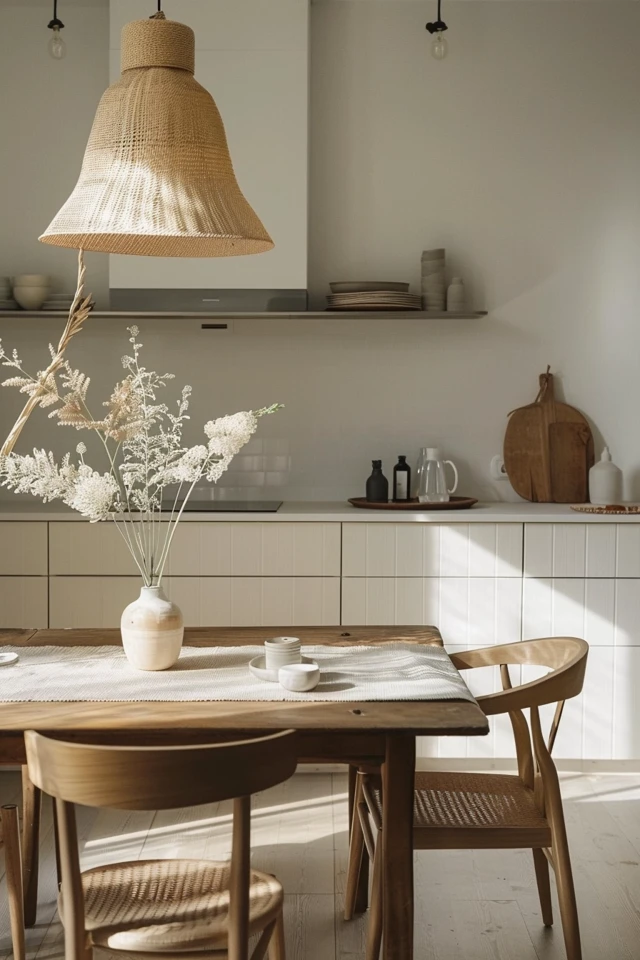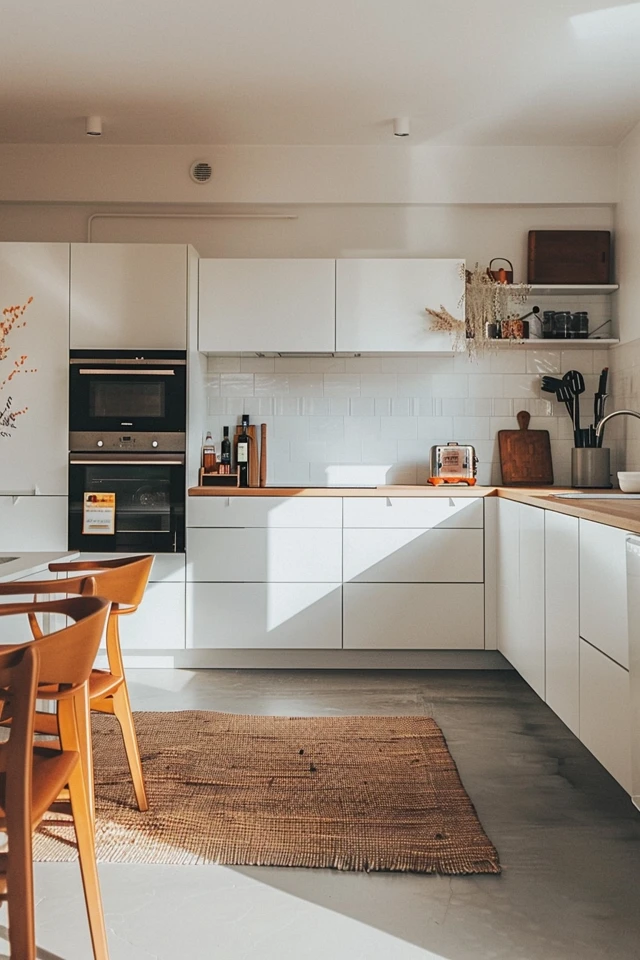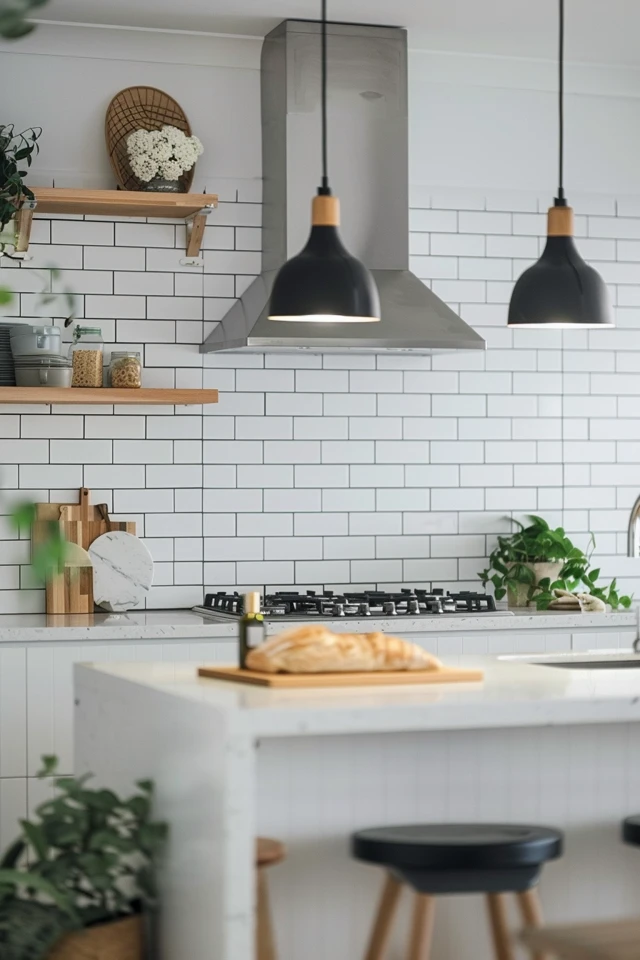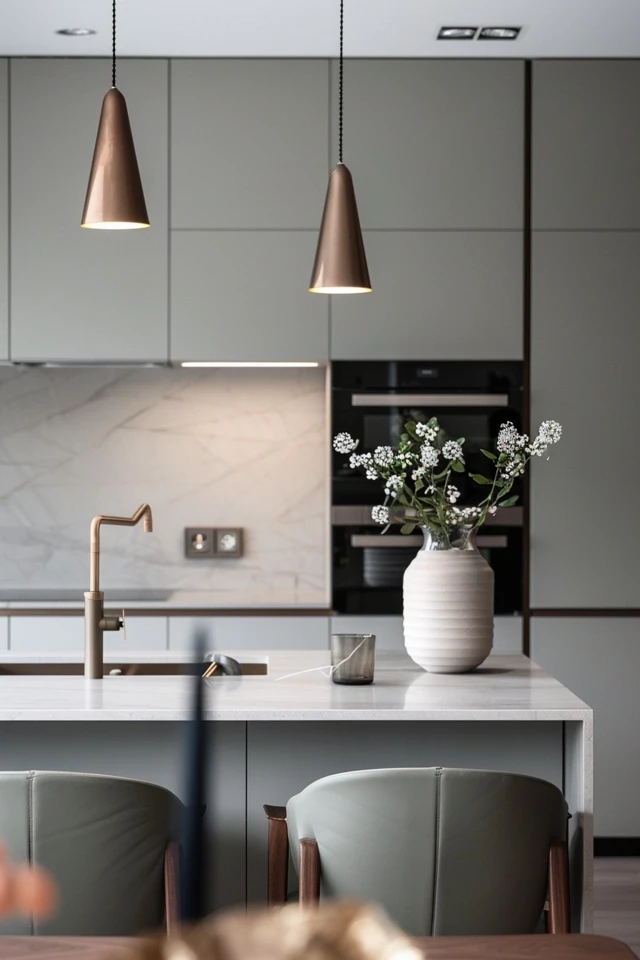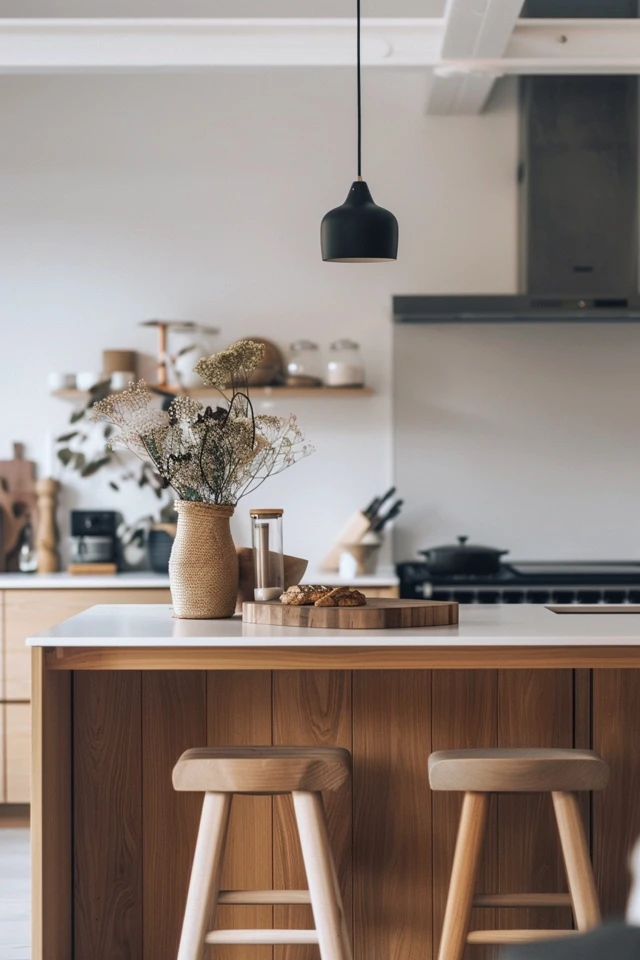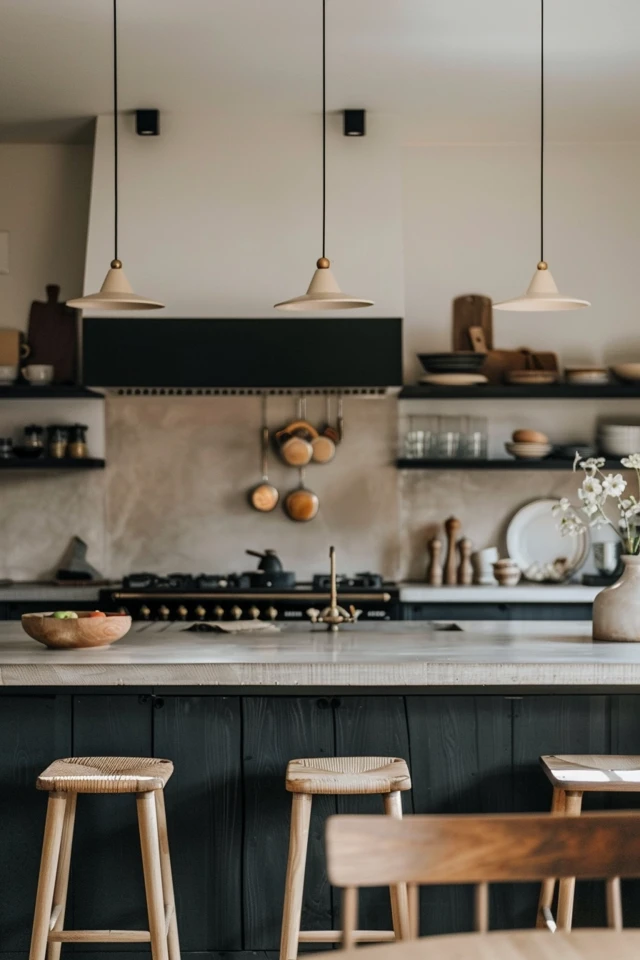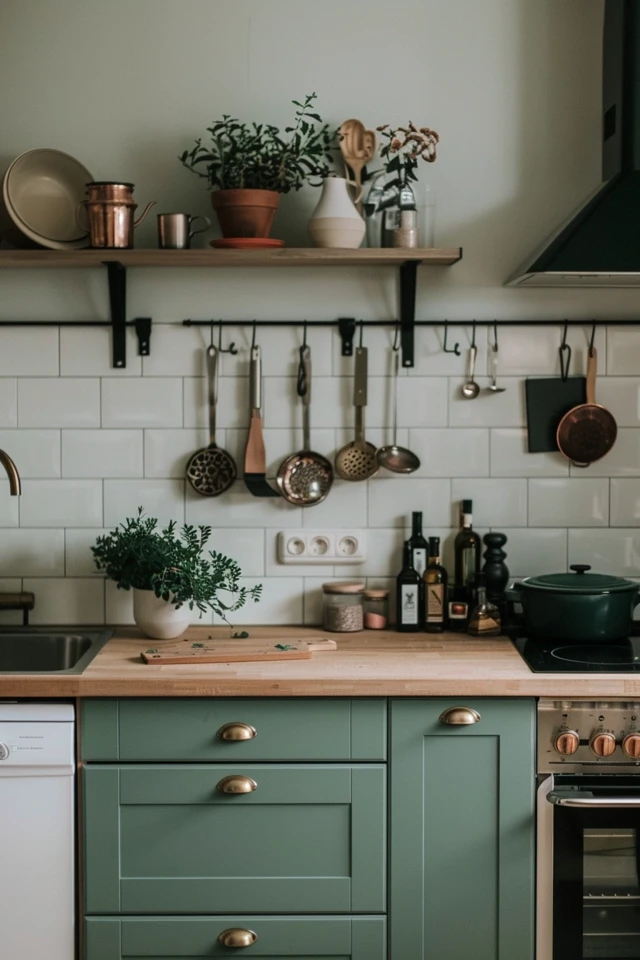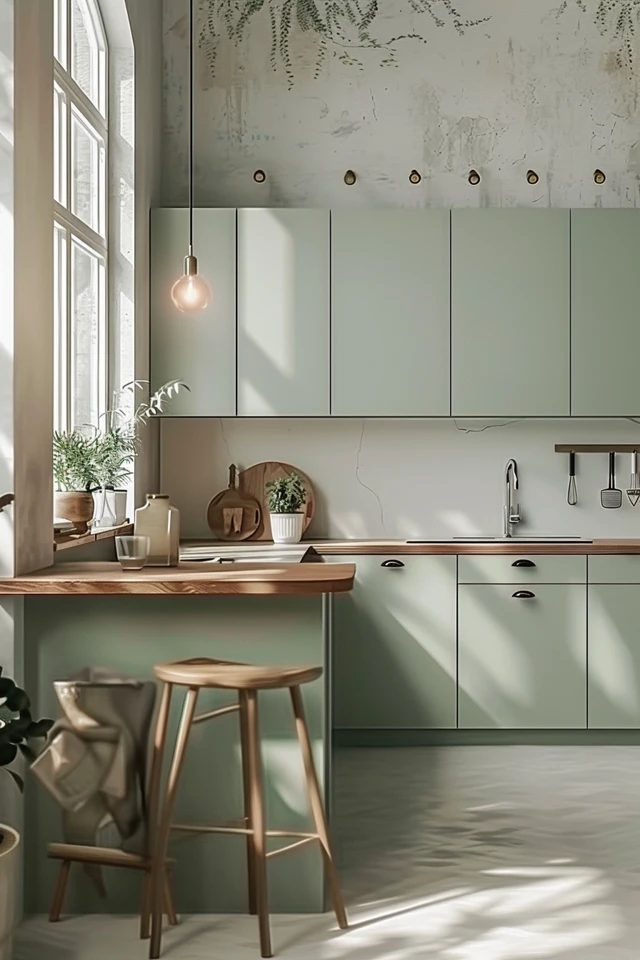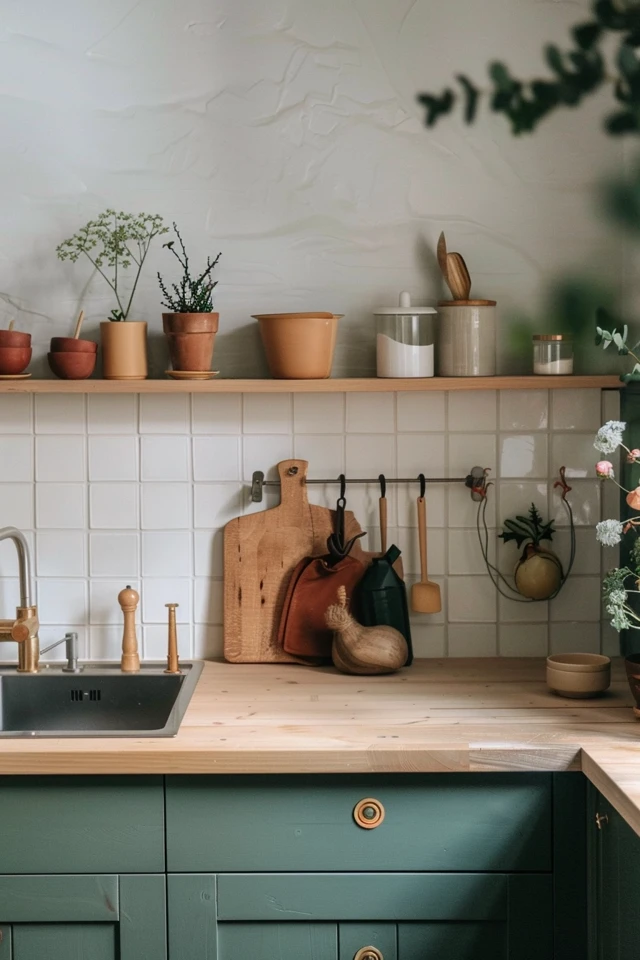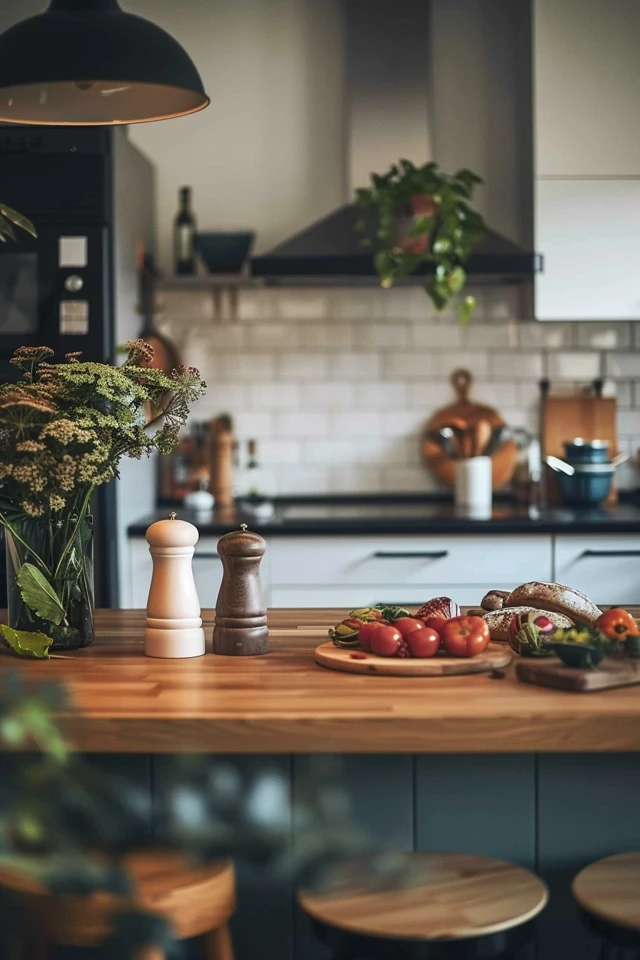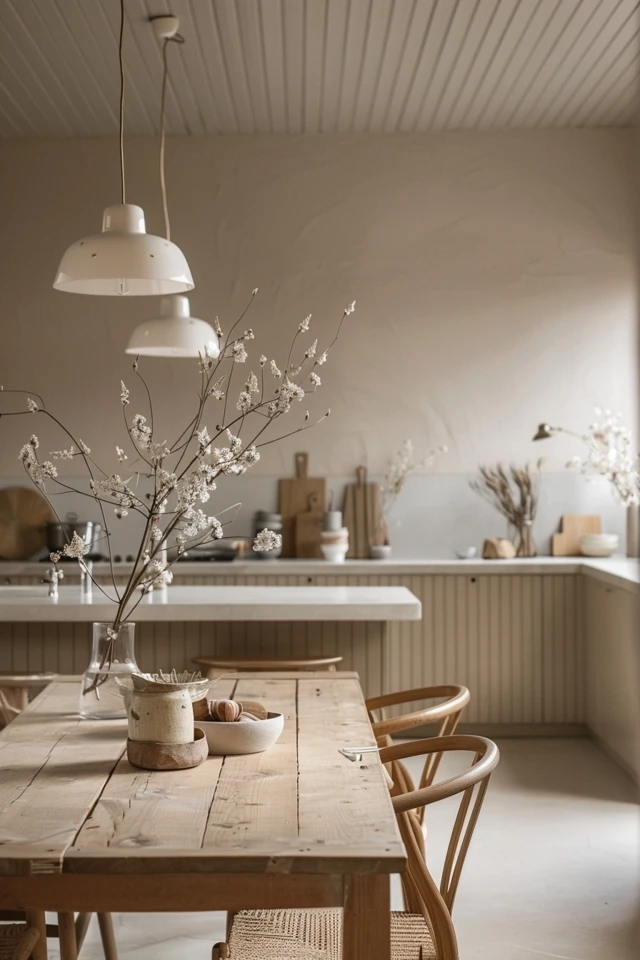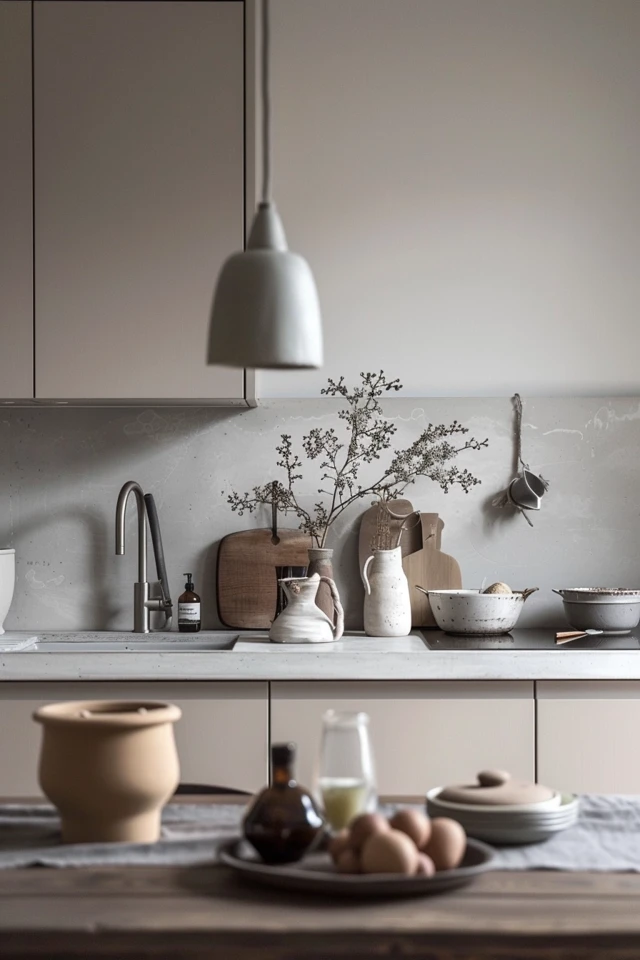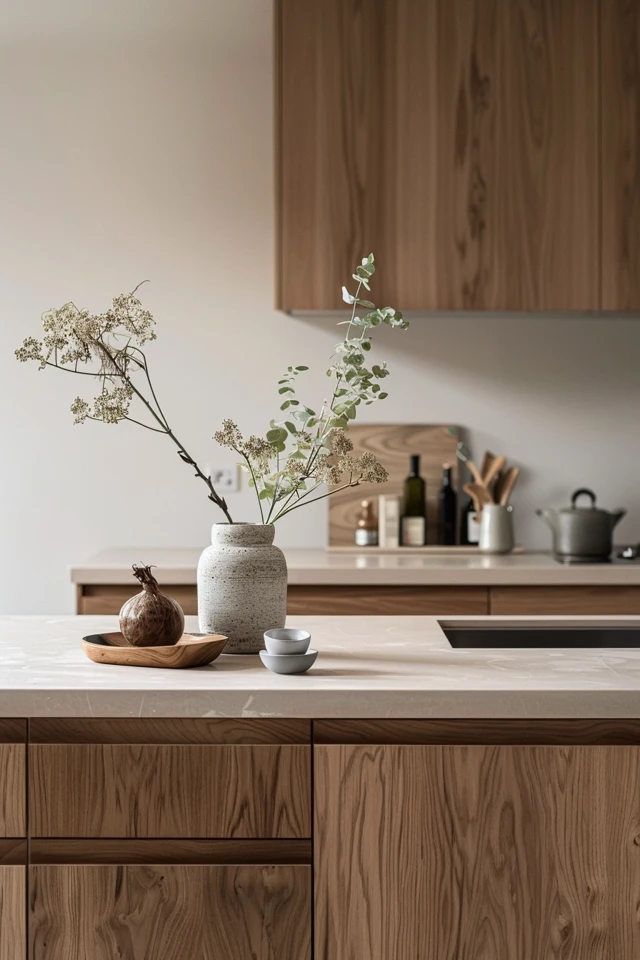Before Reading this Article, Hire Us As Your Designer or Take a Look at My Top 3 Amazon Picks!
If you are looking to blend Amazon's furniture finds with a personalized touch for your space, check out my portfolio, and hire us! You'll get 3 Idea boards, 2 Concept Boards, 2 Realistic Renderings, a Floor Plan, and a Shopping List! Everything's online, plus a 25% discount on your first online interior design project with my Havenly Promo code 4c7441bcfb. With over 2,000 designs since 2017 and top US brand partnerships, your project is in expert hands. US only. Ready to start?
In the world of interior design, few styles capture the essence of elegance and functionality quite like Scandinavian design. As an architect and interior designer with expertise in evidence-based design, I’ve seen firsthand how the principles of simplicity, functionality, and natural beauty can transform a space. Scandinavian kitchens, in particular, are a testament to this philosophy, offering a serene and uncluttered environment that promotes both efficiency and aesthetic pleasure.
A well-designed Scandinavian kitchen not only looks stunning but also enhances the overall experience of cooking and dining. The use of clean lines, neutral colors, and natural materials creates a harmonious space that is both practical and visually appealing. In this ultimate guide, we’ll explore various Scandinavian kitchen ideas that embody minimalist elegance, providing you with the inspiration and tools you need to create your dream kitchen.
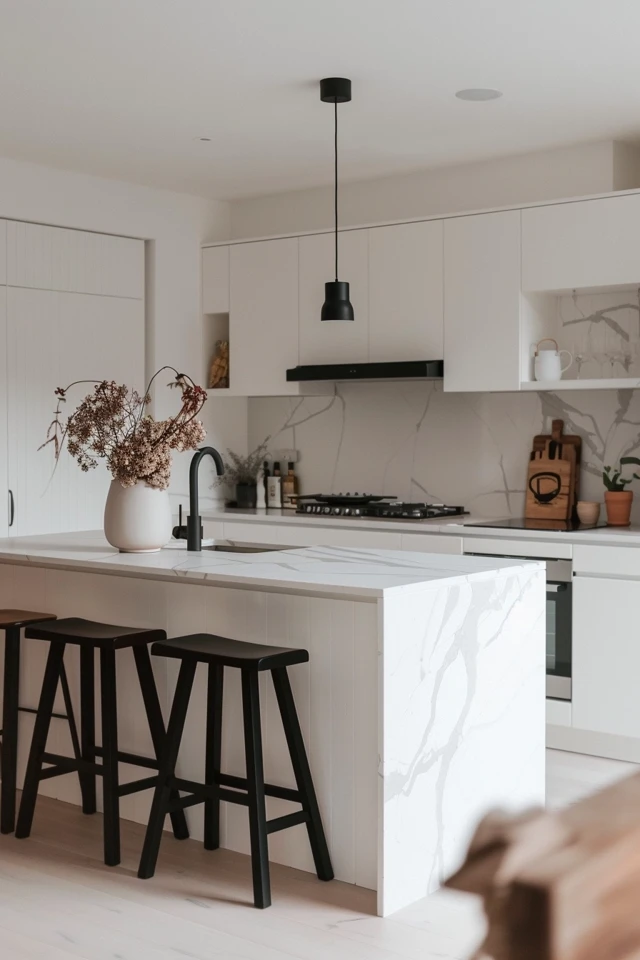
Whether you’re renovating your kitchen or designing a new one from scratch, these ideas will help you achieve a balanced blend of form and function. From choosing the right color palette to incorporating natural elements, we’ll cover all the essential aspects of Scandinavian kitchen design. Let’s dive in and discover how you can bring the timeless charm of Scandinavian minimalism into your home.
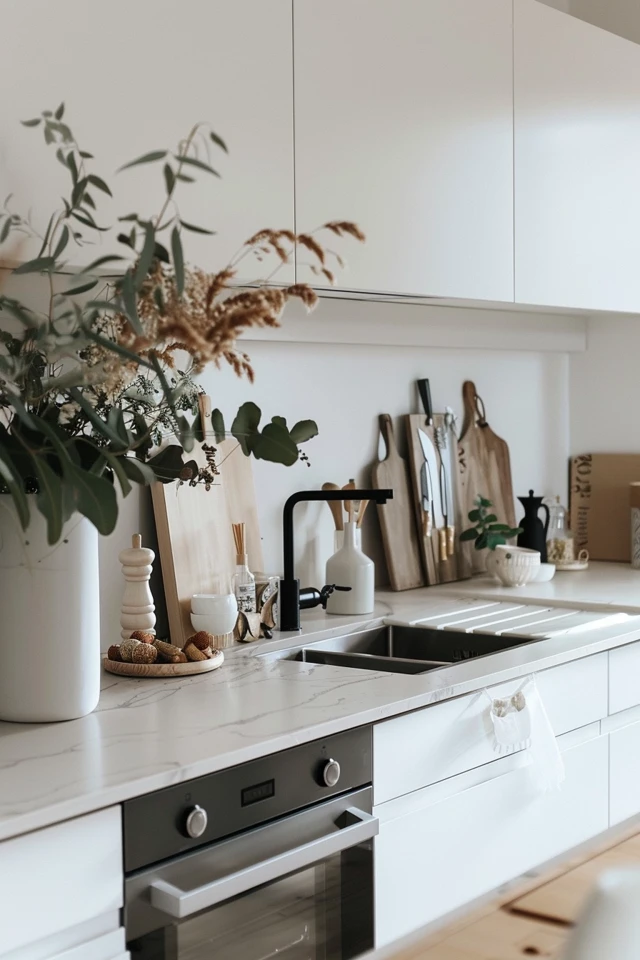
Key Takeaways
- Minimalist Design: Embrace clean lines and uncluttered spaces.
- Neutral Color Palette: Opt for whites, grays, and natural wood tones.
- Natural Materials: Incorporate wood, stone, and metal for a warm, organic feel.
- Functional Layout: Prioritize efficiency and ease of movement.
- Subtle Details: Add personality with subtle, thoughtful touches.
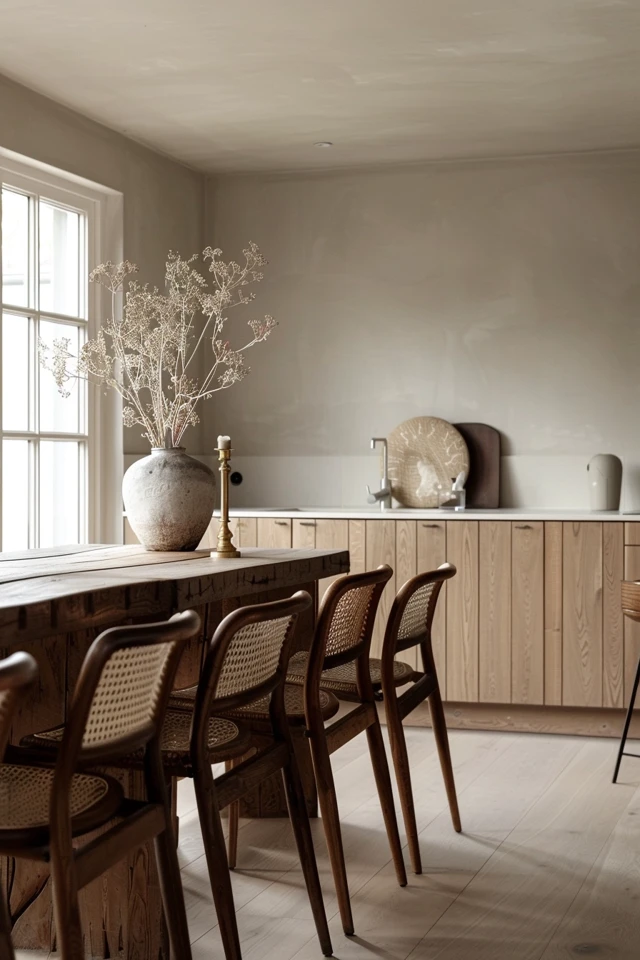
1. Embrace Minimalist Design
The cornerstone of any Scandinavian kitchen is its minimalist design. This style is characterized by clean lines, simple forms, and a lack of unnecessary ornamentation. Start by decluttering your kitchen space. Remove any items that do not serve a functional purpose or add to the overall aesthetic. This approach not only creates a visually pleasing environment but also enhances the kitchen’s functionality.
Consider using built-in storage solutions to keep countertops free of clutter. Cabinets with sleek, handleless designs can provide ample storage while maintaining a streamlined look. Open shelving is another popular choice in Scandinavian kitchens, allowing you to display beautiful kitchenware and keep essentials within easy reach. Remember, less is more when it comes to Scandinavian design.
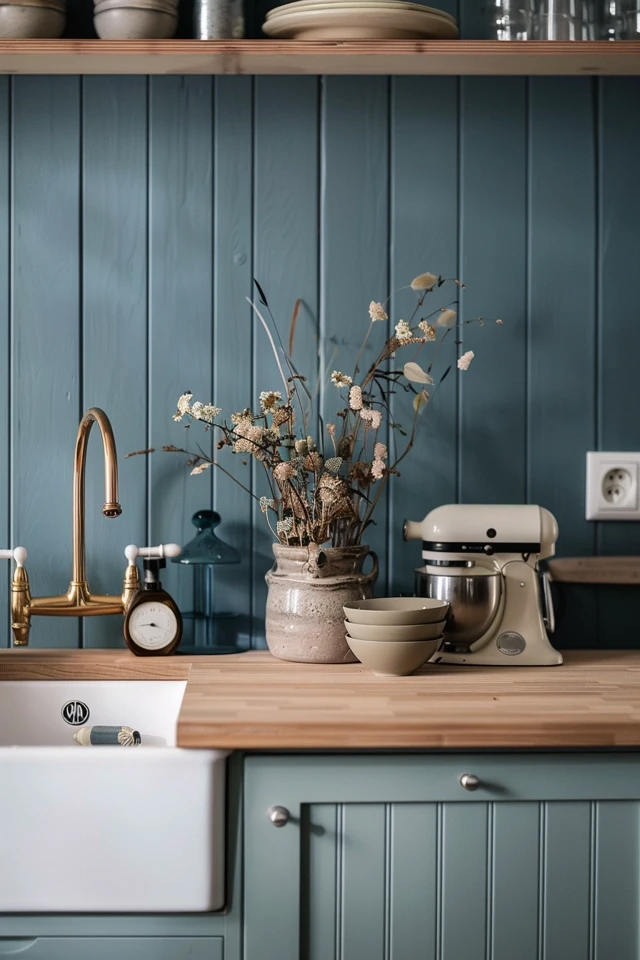
2. Opt for a Neutral Color Palette
A neutral color palette is essential for achieving the serene and calming atmosphere of a Scandinavian kitchen. Whites, grays, and natural wood tones dominate this style, creating a bright and airy space. Start with a white or light gray base for the walls and cabinetry. This creates a clean backdrop that enhances the kitchen’s sense of space and light.
Incorporate natural wood elements to add warmth and texture. Wooden countertops, floors, or shelving can break up the monotony of an all-white kitchen and introduce a touch of nature. To avoid a sterile look, consider adding subtle pops of color through kitchen accessories, textiles, or a statement backsplash. These small touches can inject personality into the space without overwhelming the minimalist aesthetic.
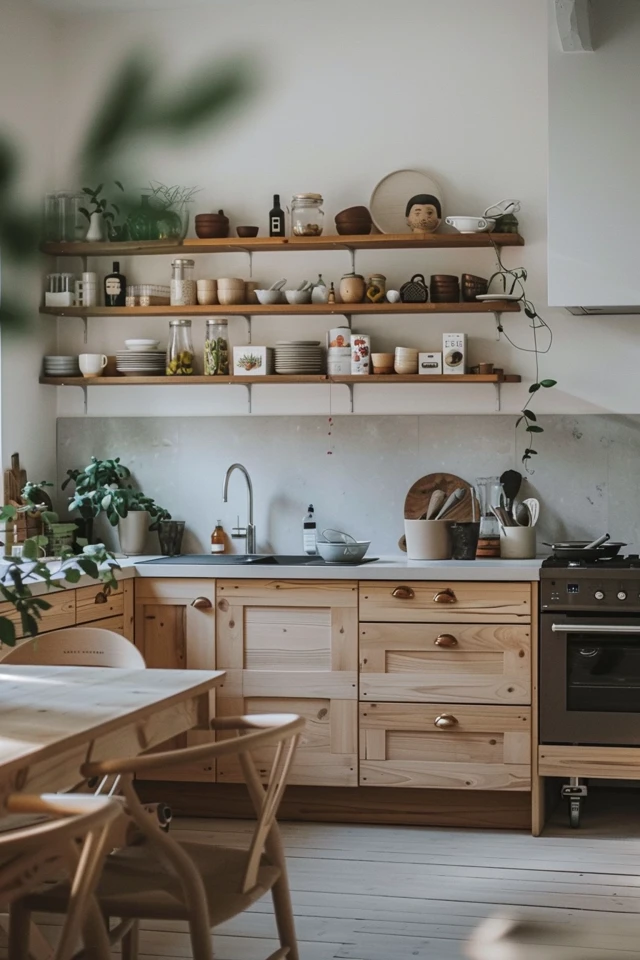
3. Incorporate Natural Materials
Scandinavian design is deeply rooted in a connection to nature, and this is reflected in the choice of materials. Natural wood, stone, and metal are commonly used to create a warm and organic feel in the kitchen. When selecting materials, prioritize those that are sustainable and durable.
Wood is a versatile material that can be used in various elements of the kitchen, from cabinetry to flooring. Light-colored woods like oak, birch, and pine are particularly popular in Scandinavian design. For countertops, consider natural stone options like marble or granite, which offer both beauty and durability. Stainless steel appliances and fixtures can add a modern touch while maintaining the overall natural aesthetic.
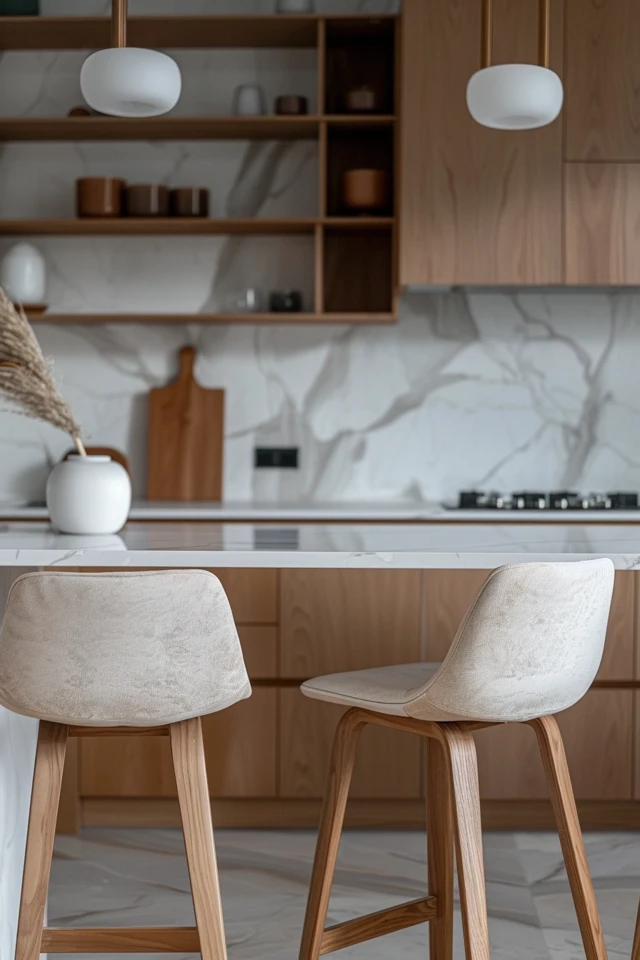
4. Prioritize Functional Layout
Efficiency and functionality are key principles of Scandinavian design. A well-organized kitchen layout ensures that everything is within easy reach and that the space flows smoothly. Start by considering the work triangle—the optimal arrangement of the stove, sink, and refrigerator. This layout minimizes movement and maximizes efficiency during meal preparation.
Open floor plans are also a hallmark of Scandinavian kitchens. If possible, integrate your kitchen with the dining or living area to create a cohesive and open space. This not only enhances the sense of spaciousness but also promotes social interaction. Use multifunctional furniture and fixtures, such as kitchen islands with built-in storage or dining tables that double as prep surfaces, to make the most of your space.

5. Add Subtle, Thoughtful Details
While minimalism is at the heart of Scandinavian design, it’s the subtle details that bring personality and warmth to the space. Thoughtful touches like handmade ceramics, woven textiles, and houseplants can add character without disrupting the overall aesthetic. Choose decor items that are both beautiful and functional, aligning with the principles of Scandinavian design.
Lighting is another crucial element in creating a cozy and inviting atmosphere. Opt for a mix of ambient, task, and accent lighting to enhance the kitchen’s functionality and mood. Pendant lights over the kitchen island, under-cabinet lighting, and strategically placed wall sconces can add both style and practicality.
Conclusion
Designing a Scandinavian kitchen is an exercise in balance—combining form and function to create a space that is both beautiful and practical. By embracing minimalist design, opting for a neutral color palette, incorporating natural materials, prioritizing a functional layout, and adding subtle details, you can achieve the ultimate in minimalist elegance.
As an architect and interior designer with a focus on evidence-based design, I can attest to the transformative power of these principles. A well-designed Scandinavian kitchen not only enhances the aesthetic appeal of your home but also improves your overall quality of life. The simplicity and functionality of this style create a calming environment that fosters creativity and efficiency.
Whether you’re an avid cook, a busy parent, or someone who simply appreciates the beauty of well-designed spaces, a Scandinavian kitchen can provide the perfect backdrop for your daily activities. Embrace the timeless charm of this style and enjoy the benefits of a space that truly embodies minimalist elegance.
Inspirational Pictures
